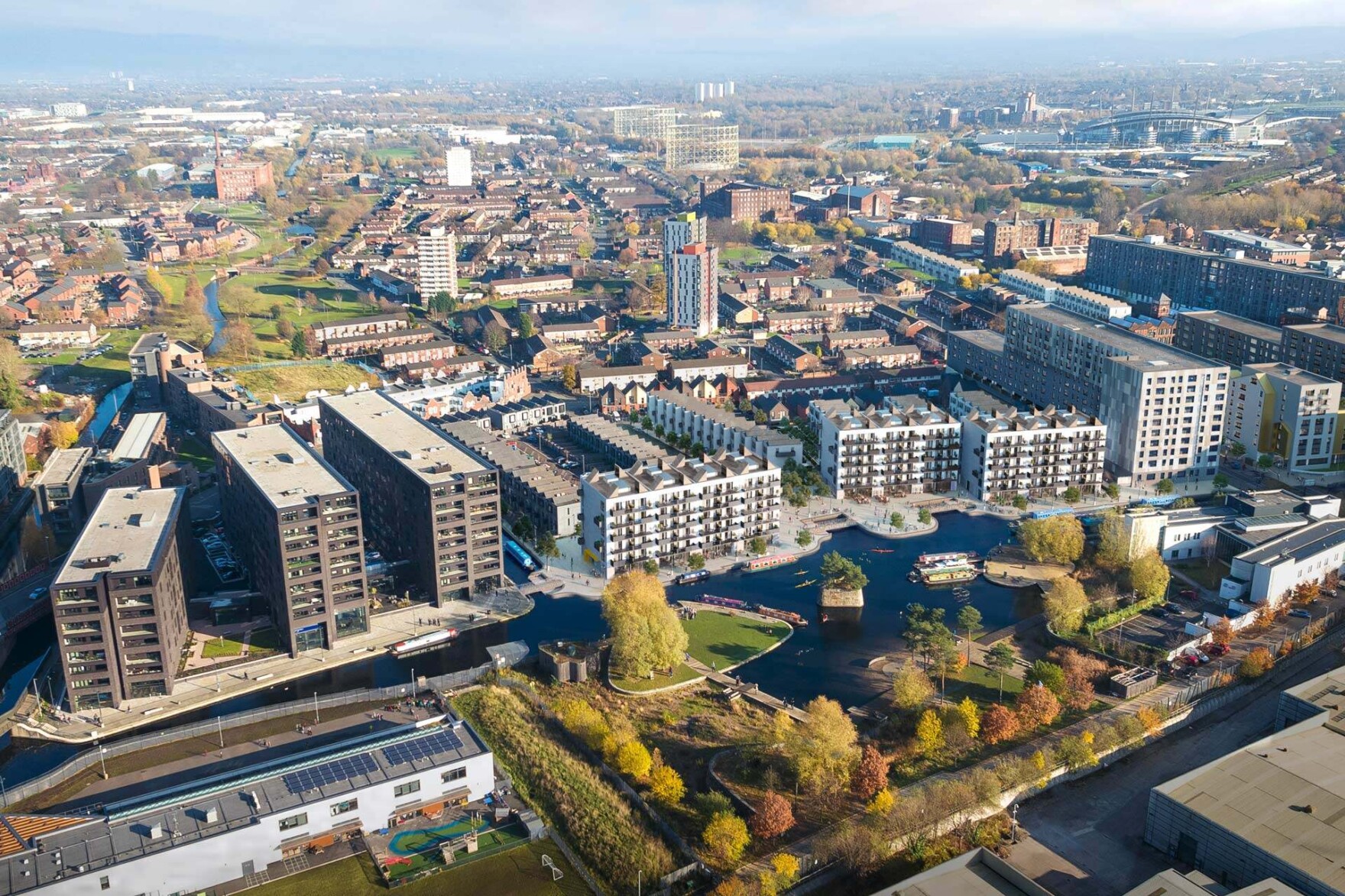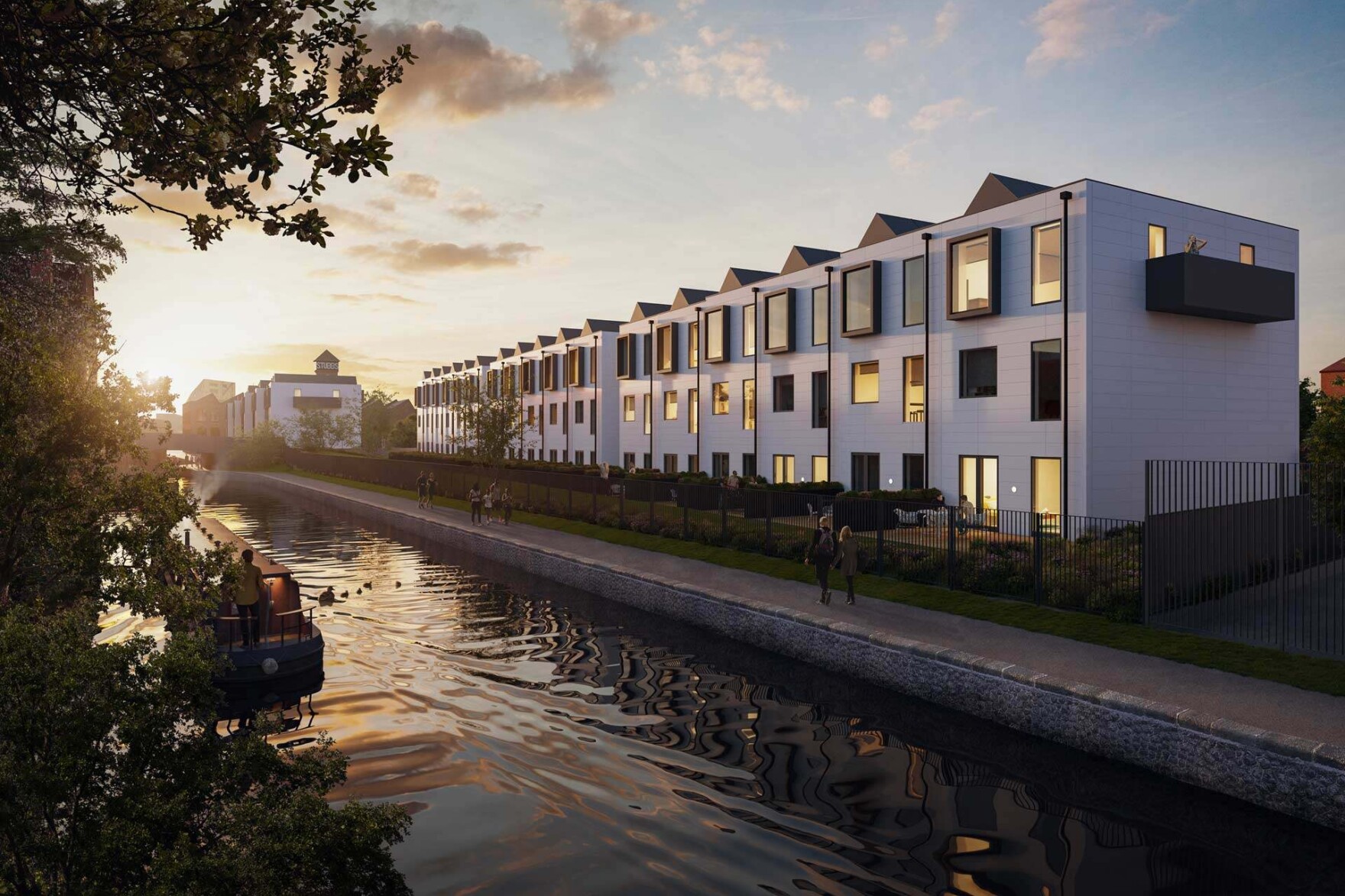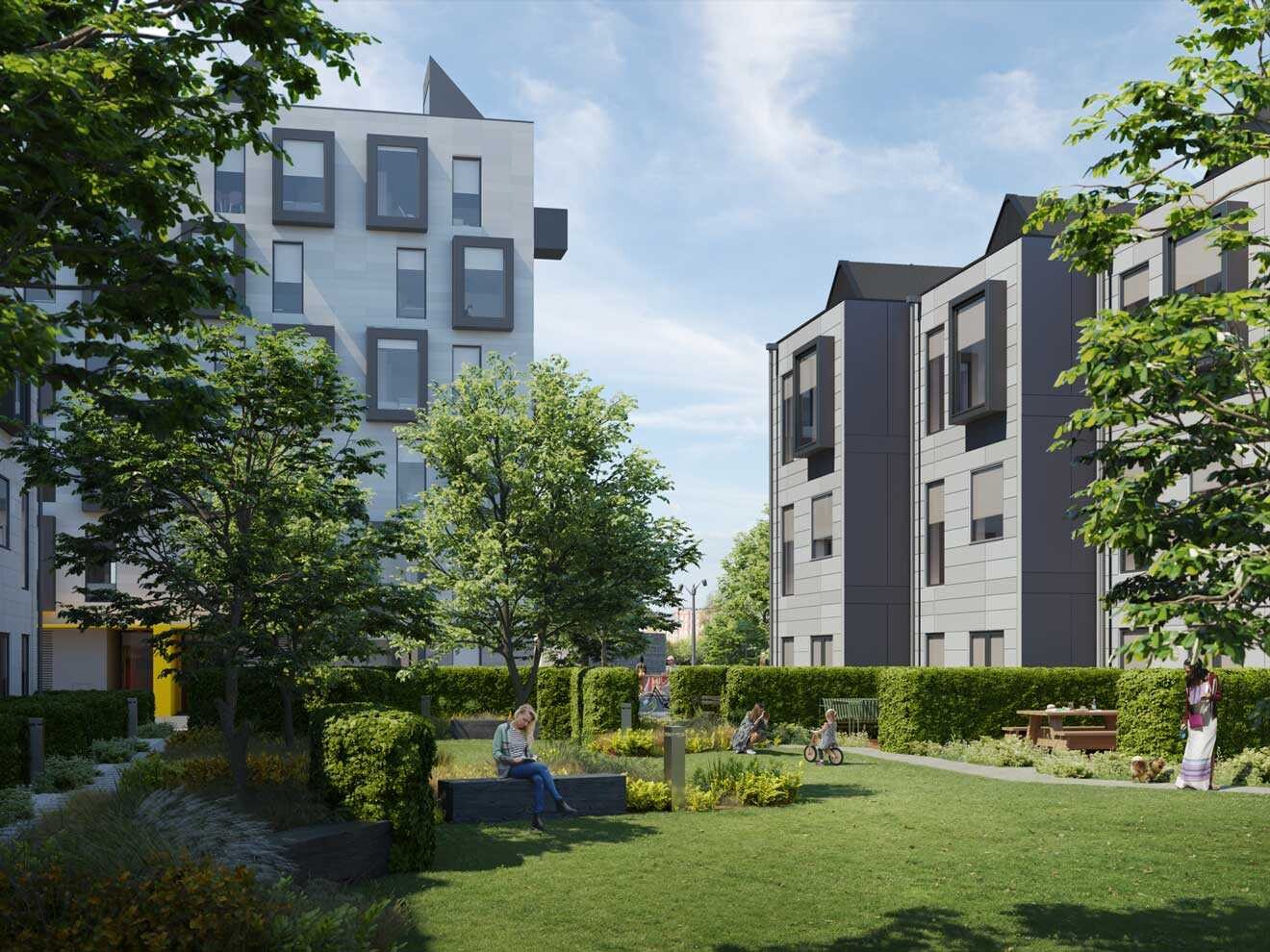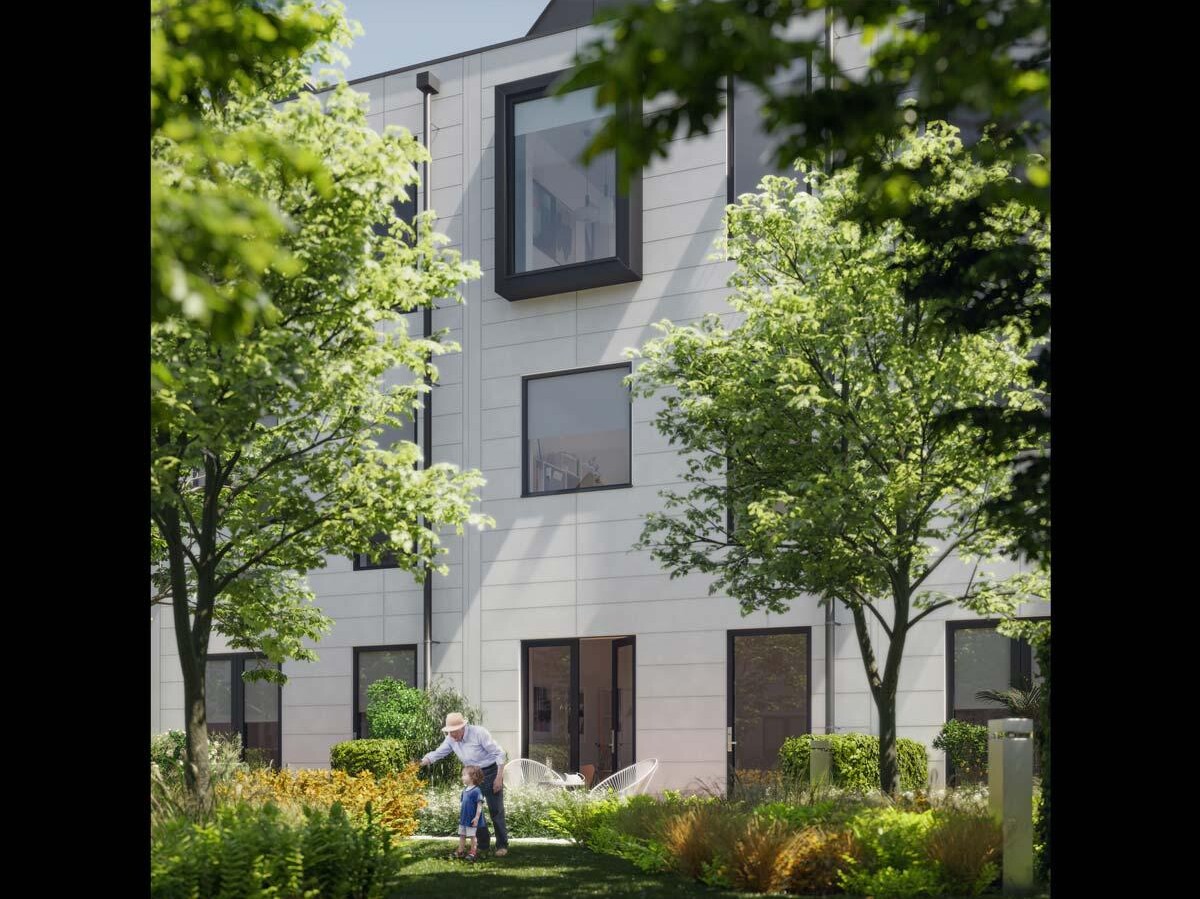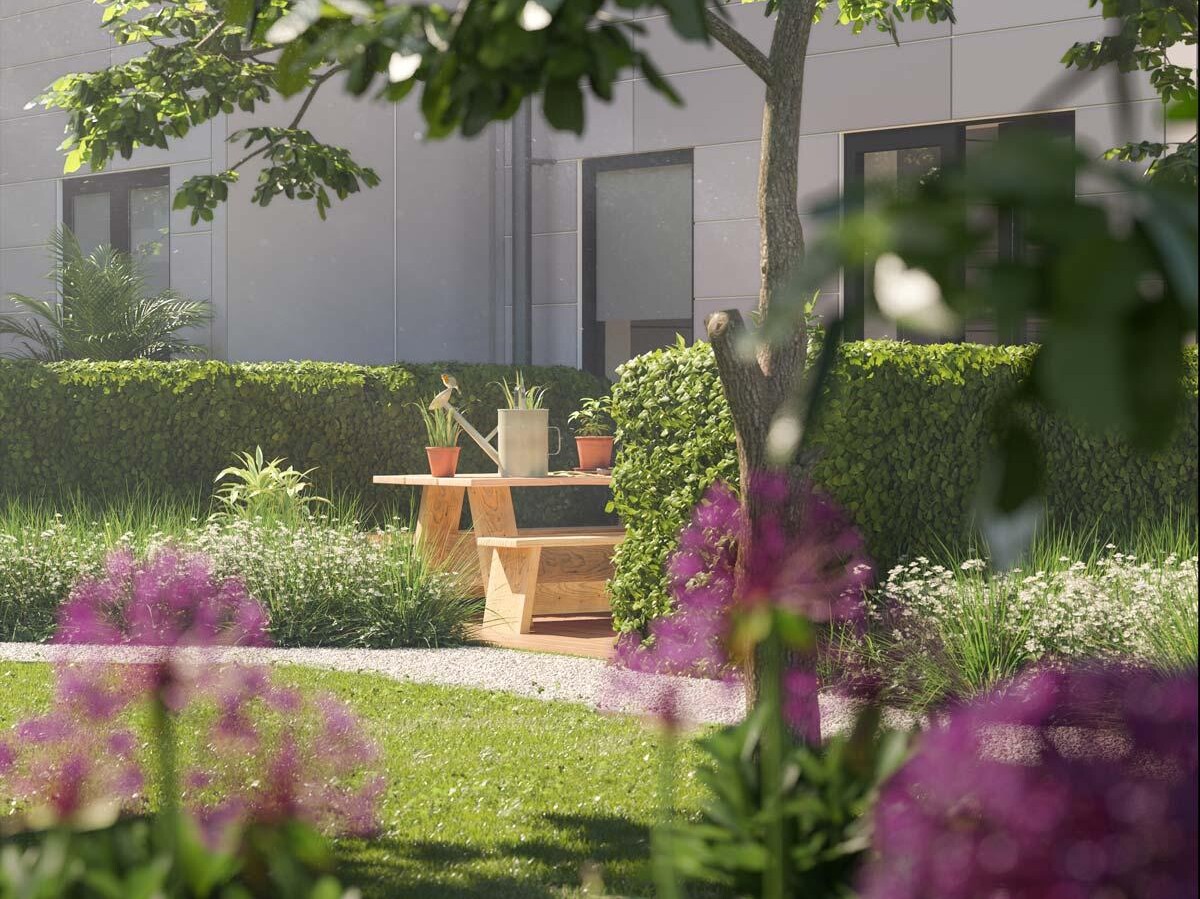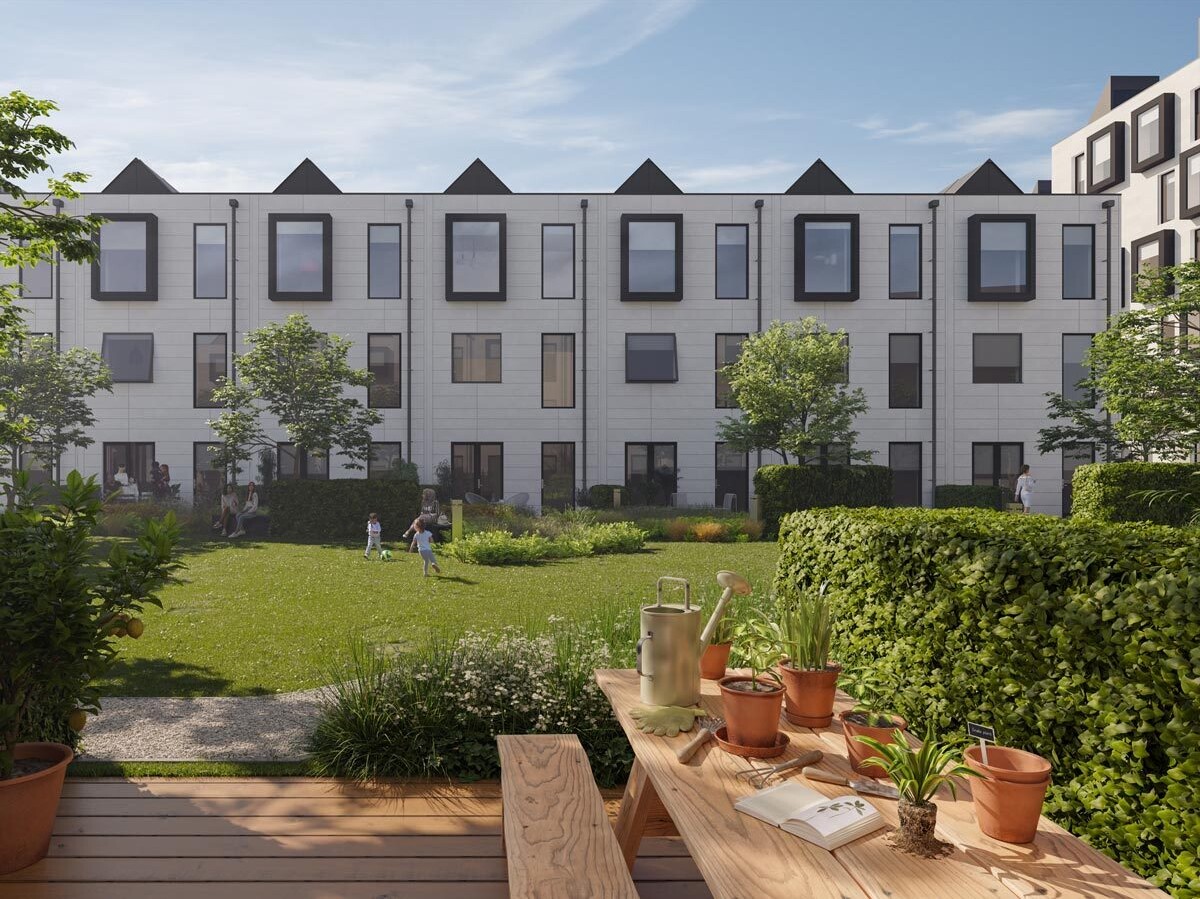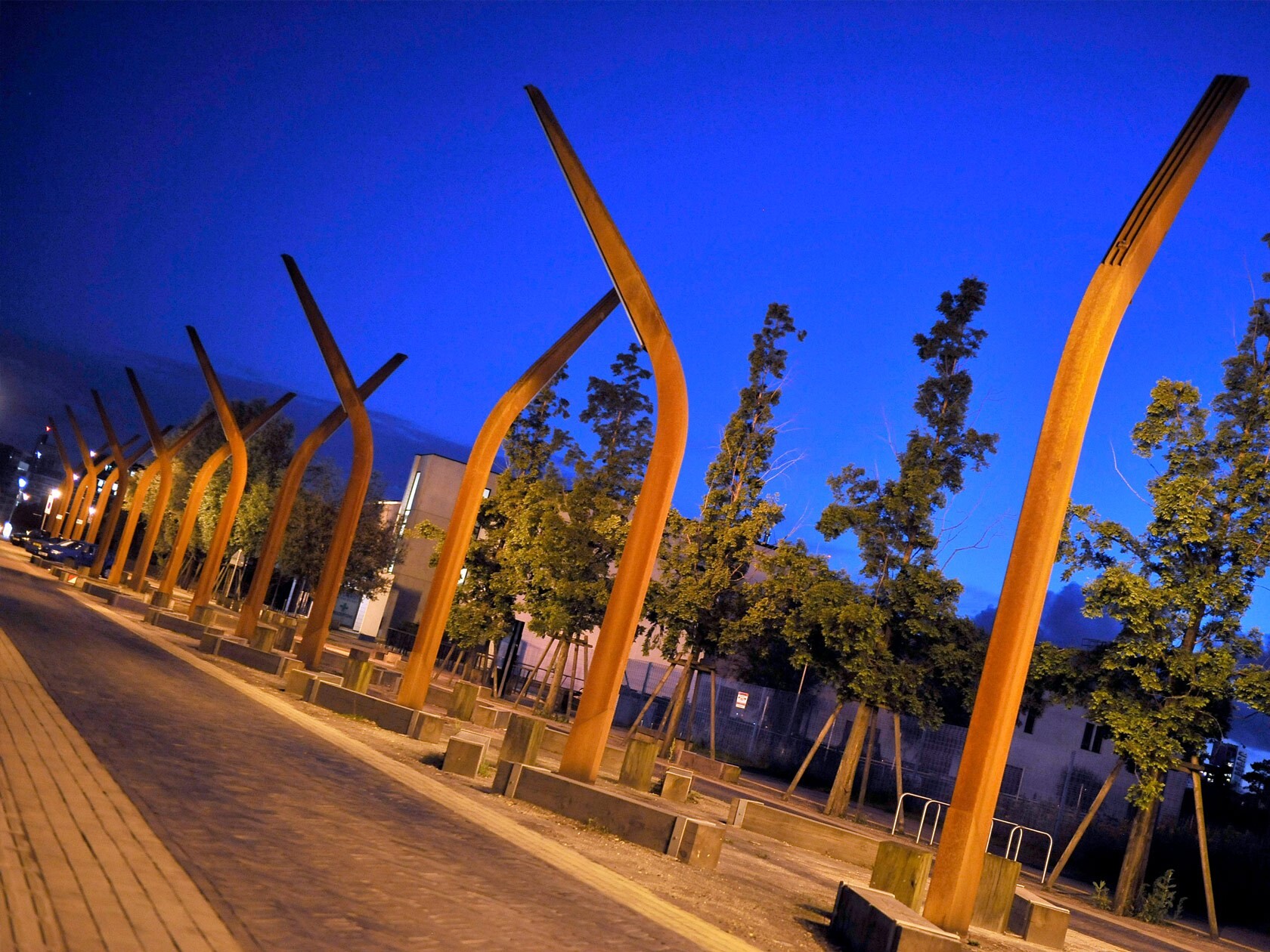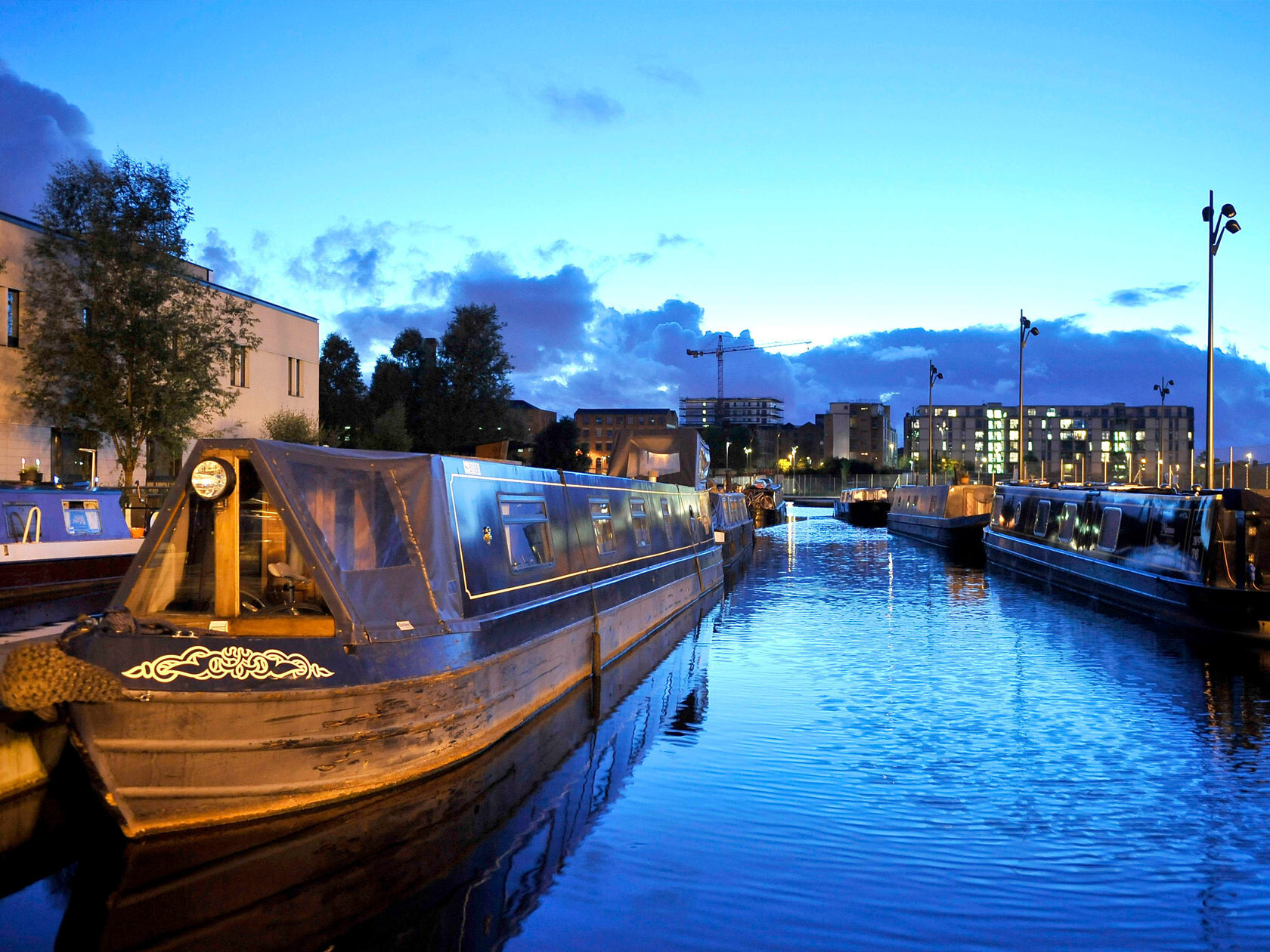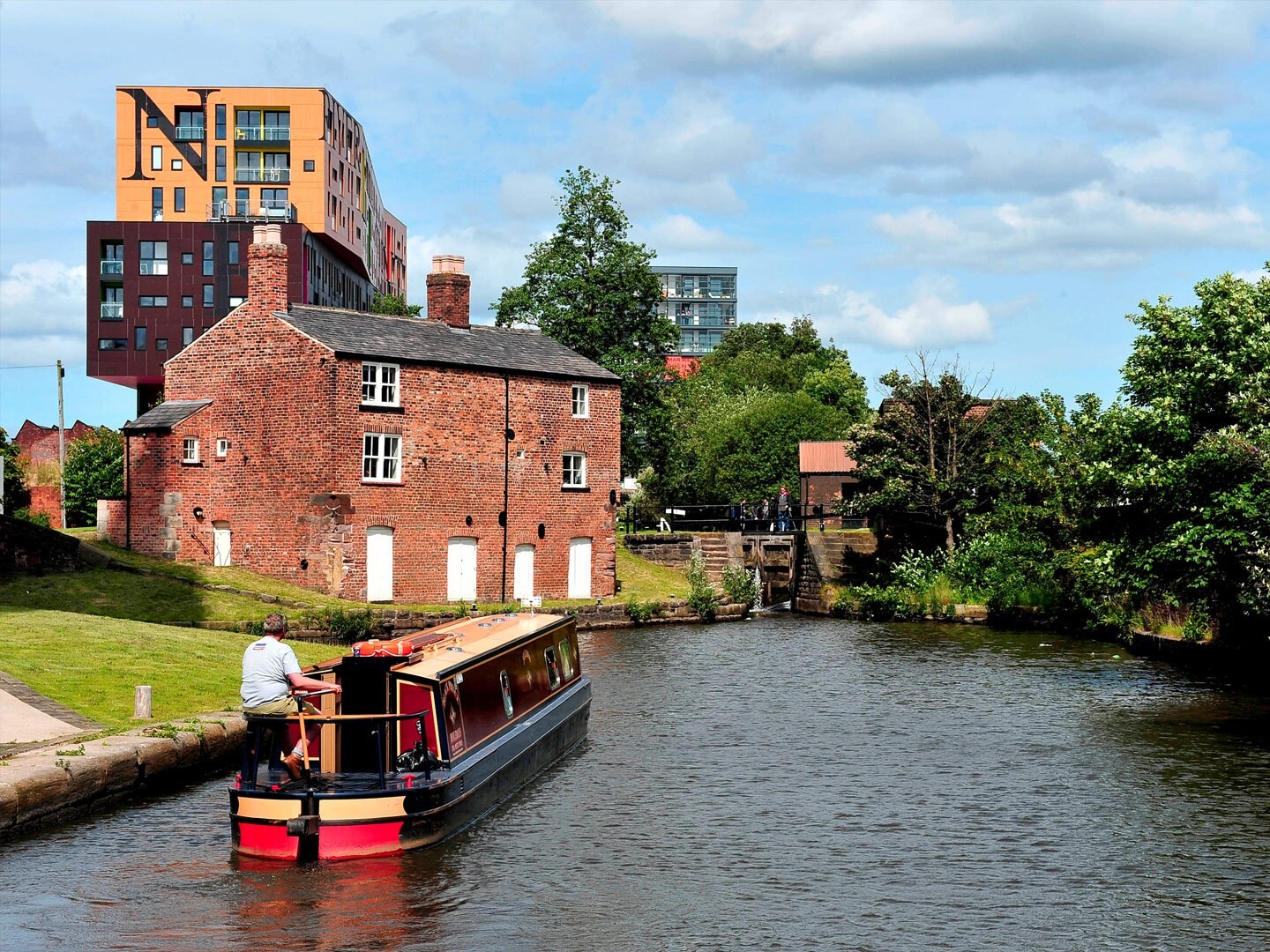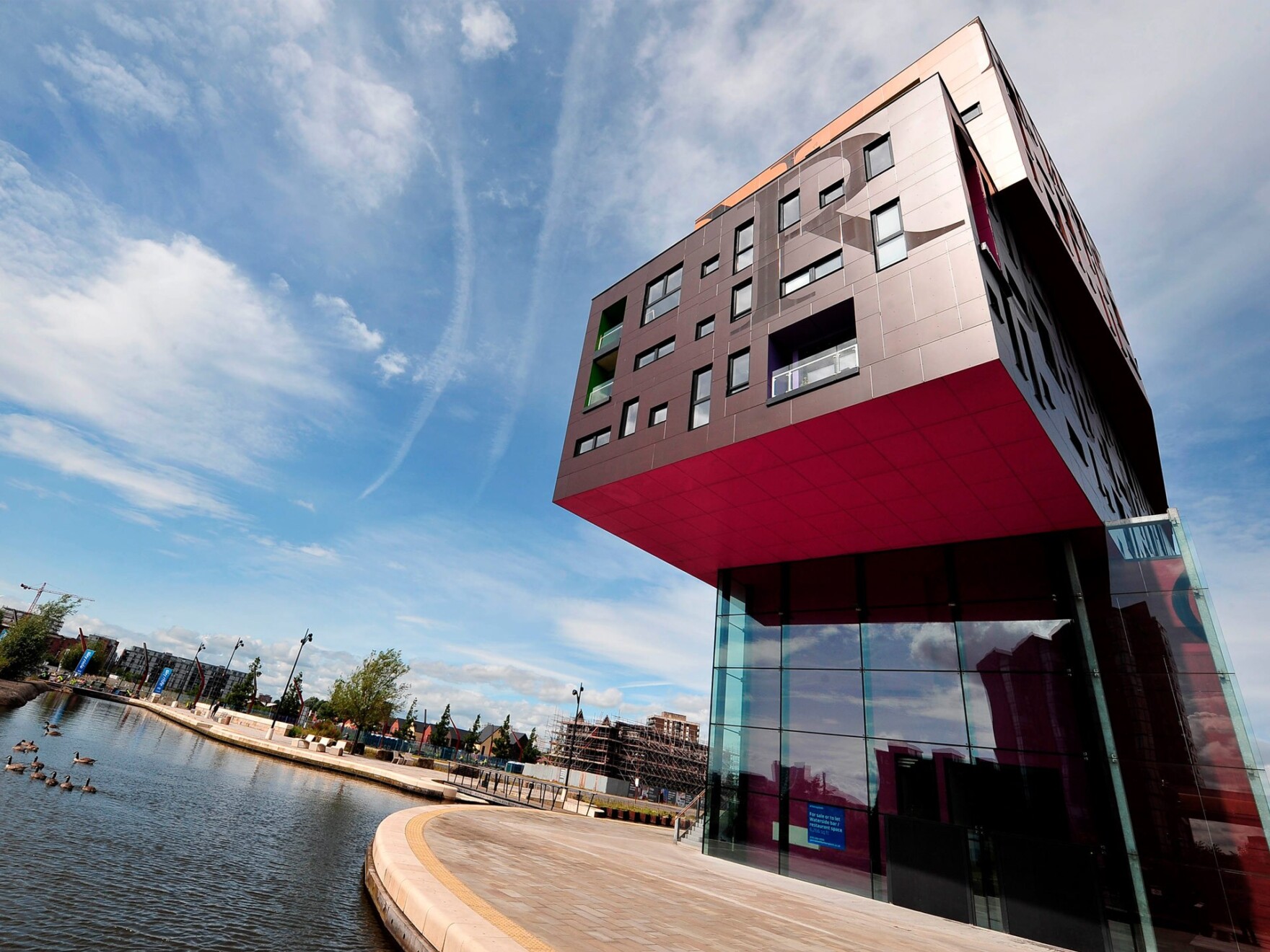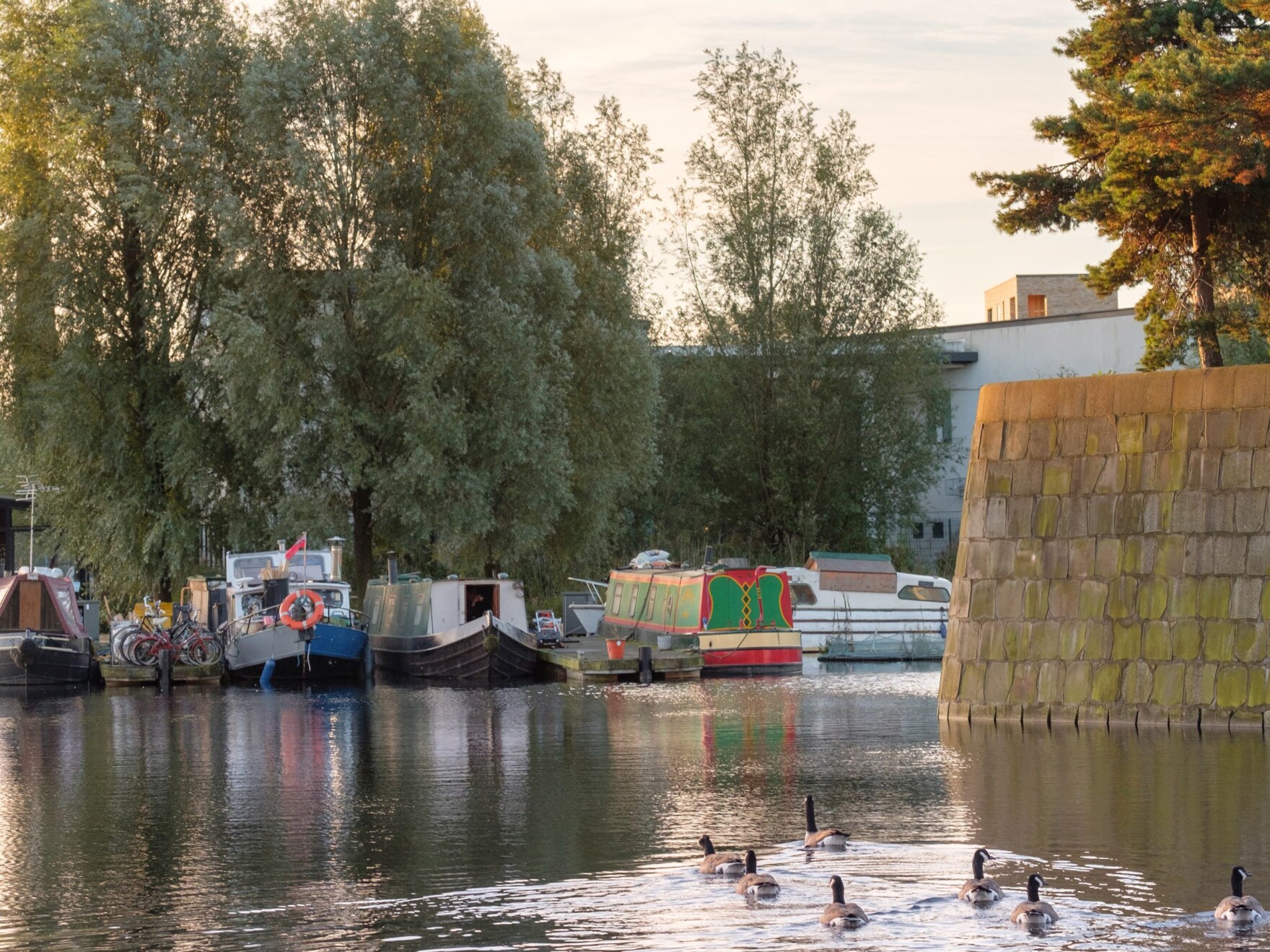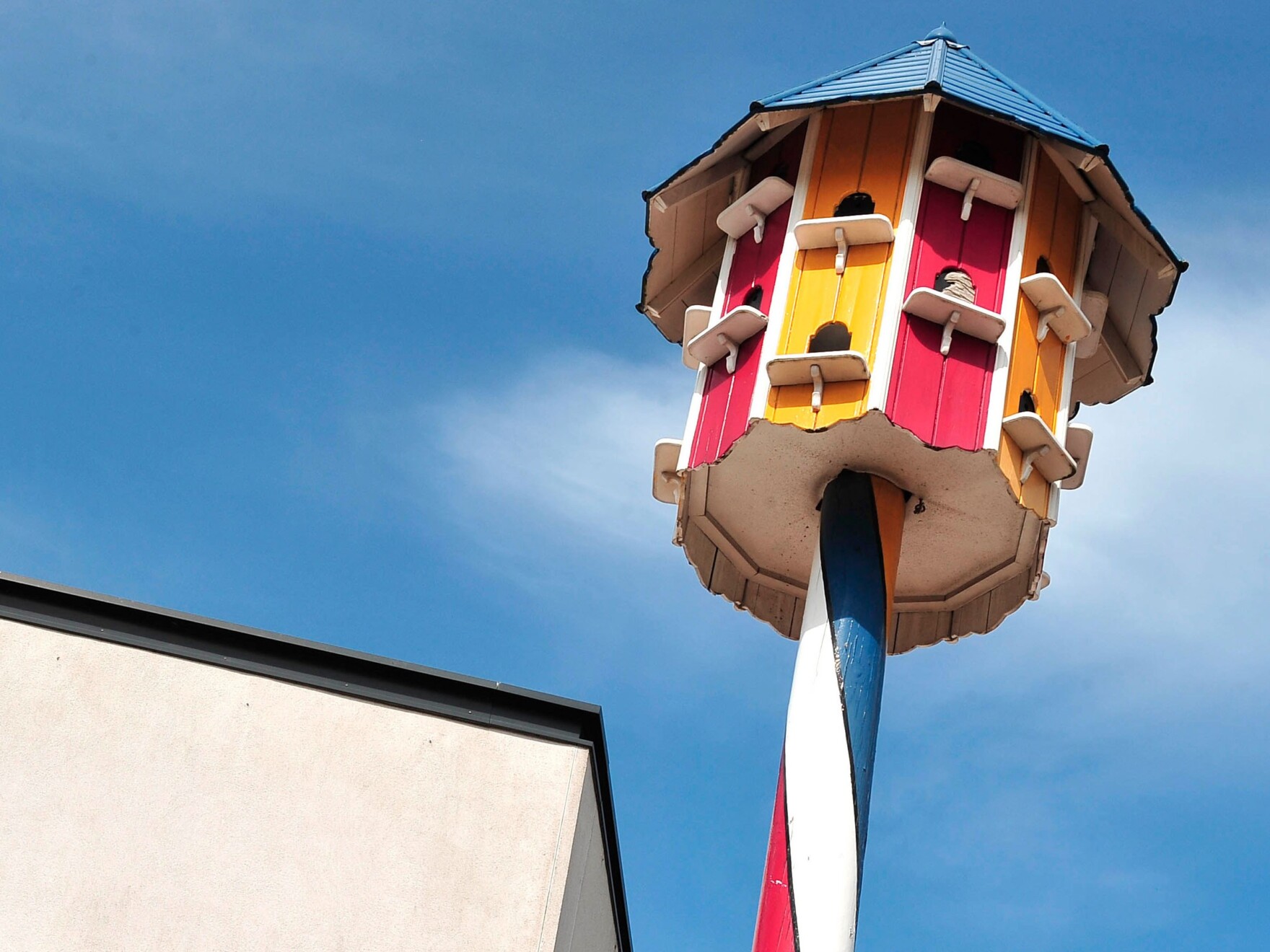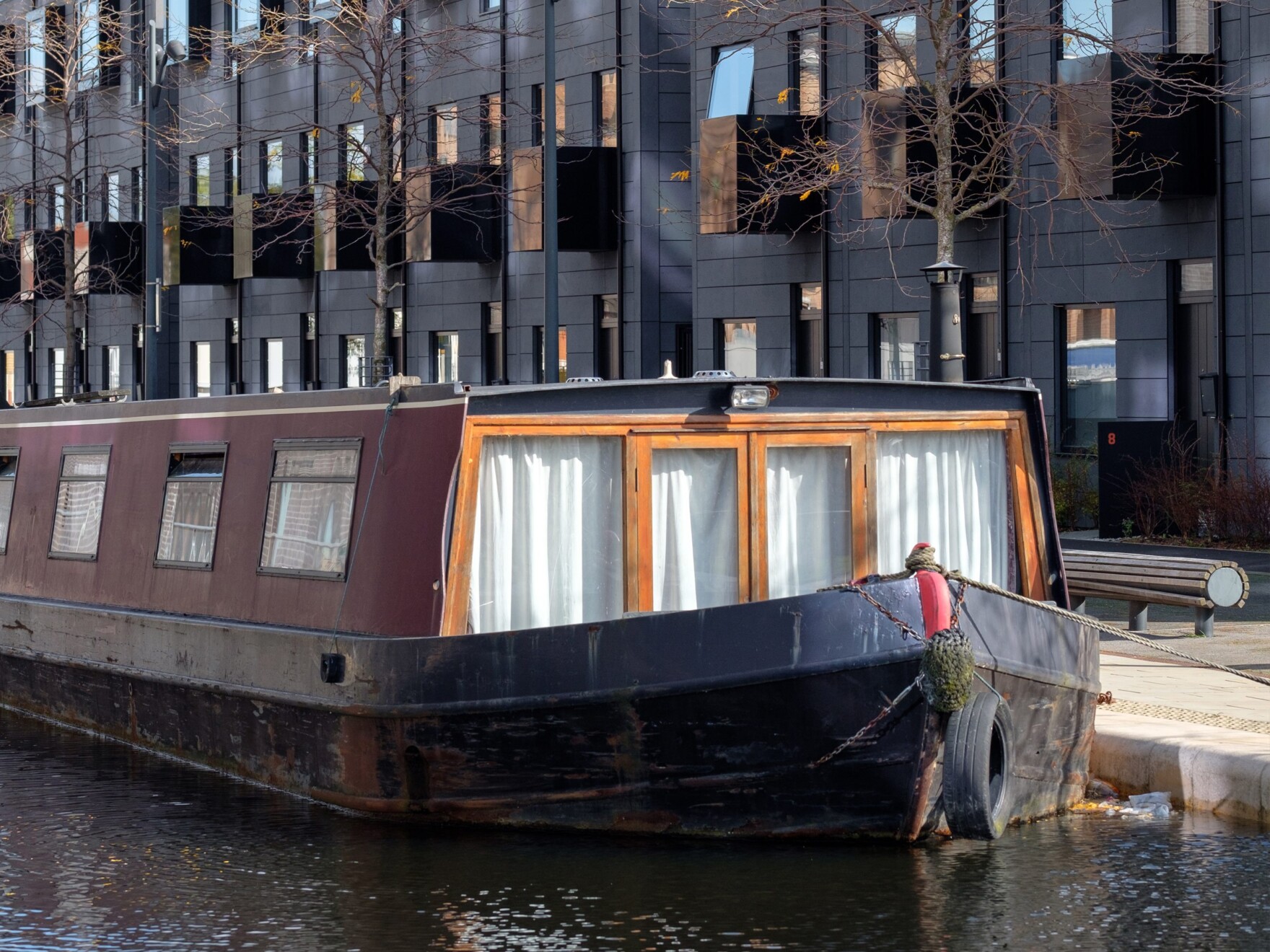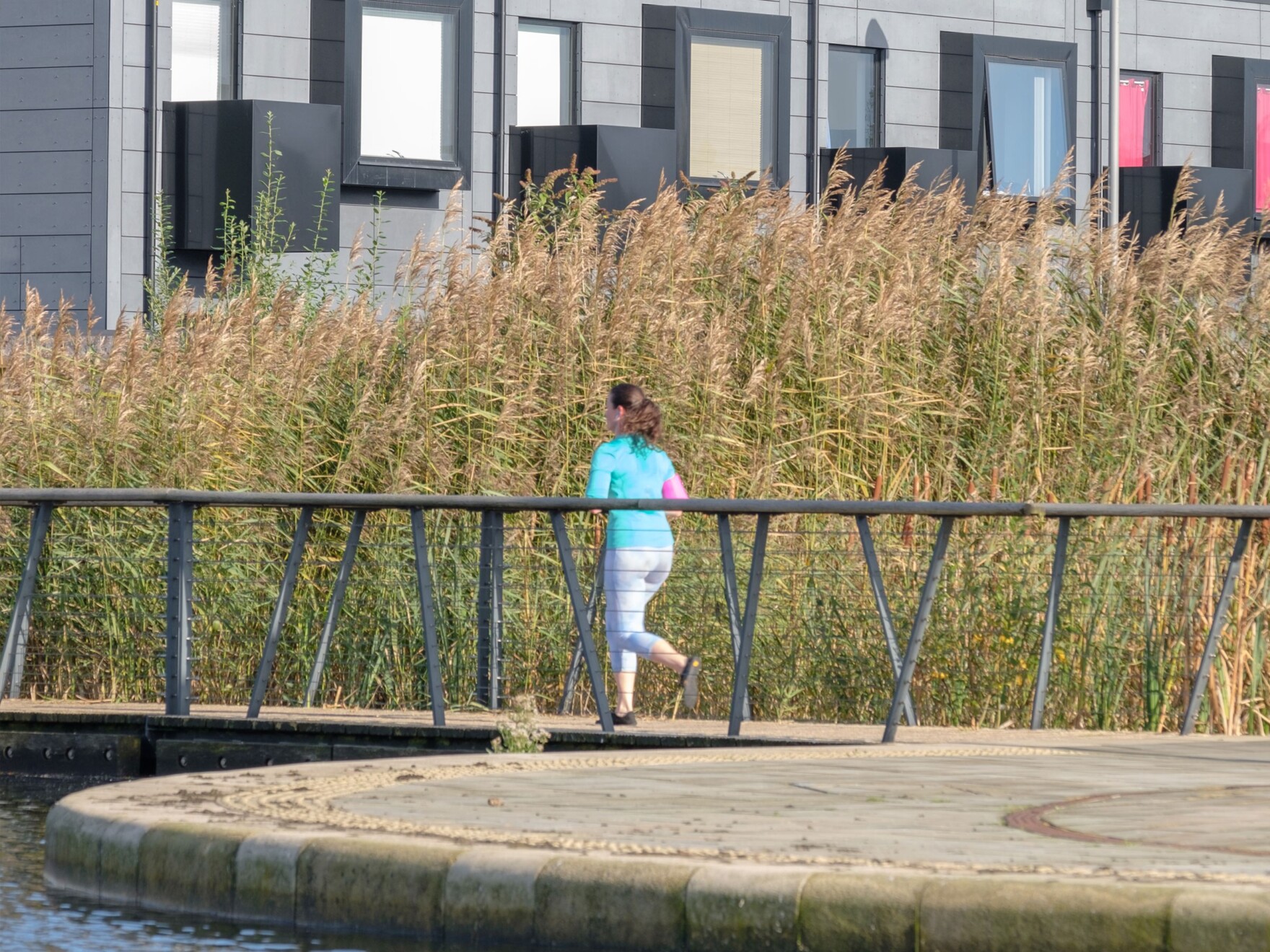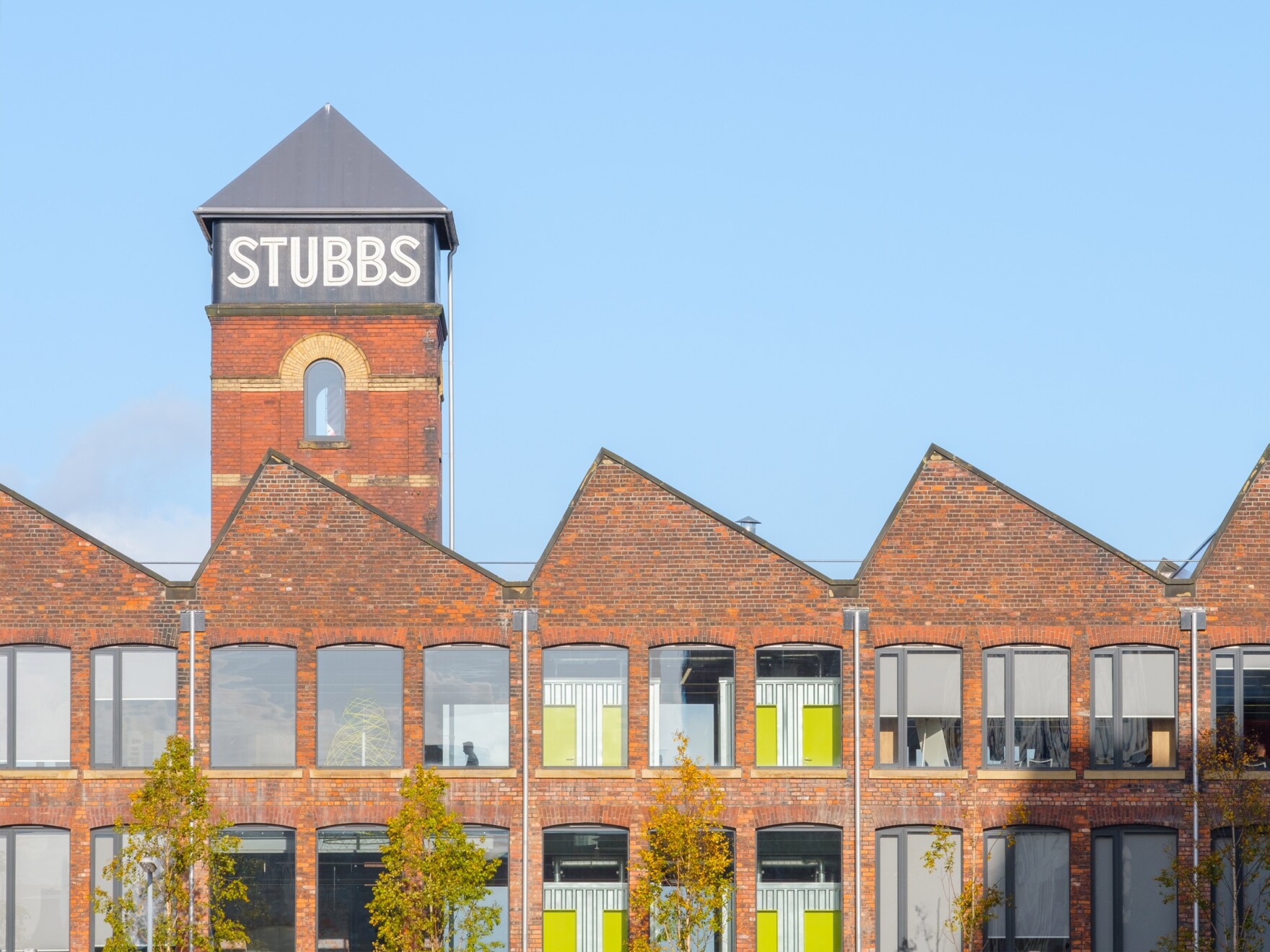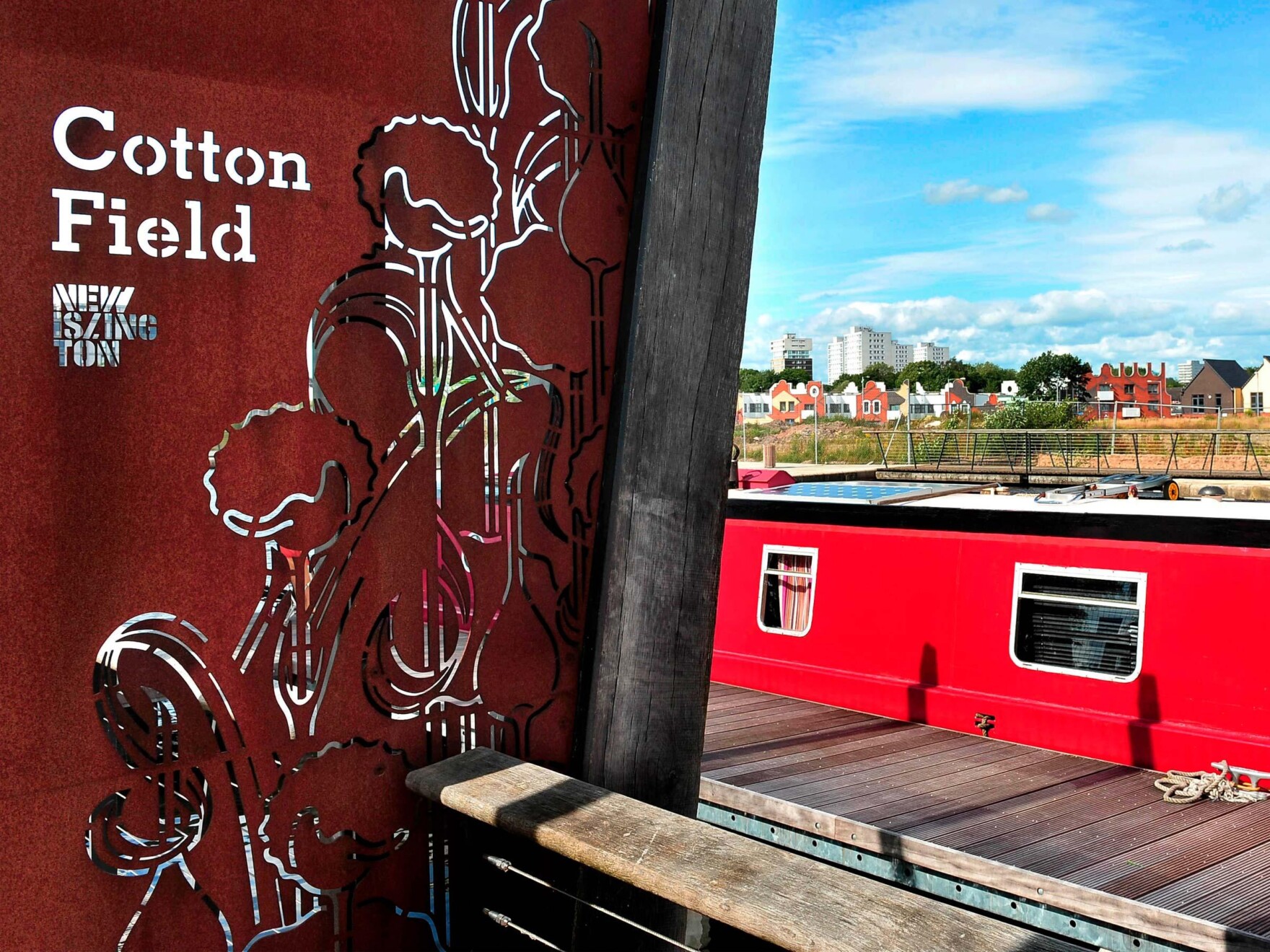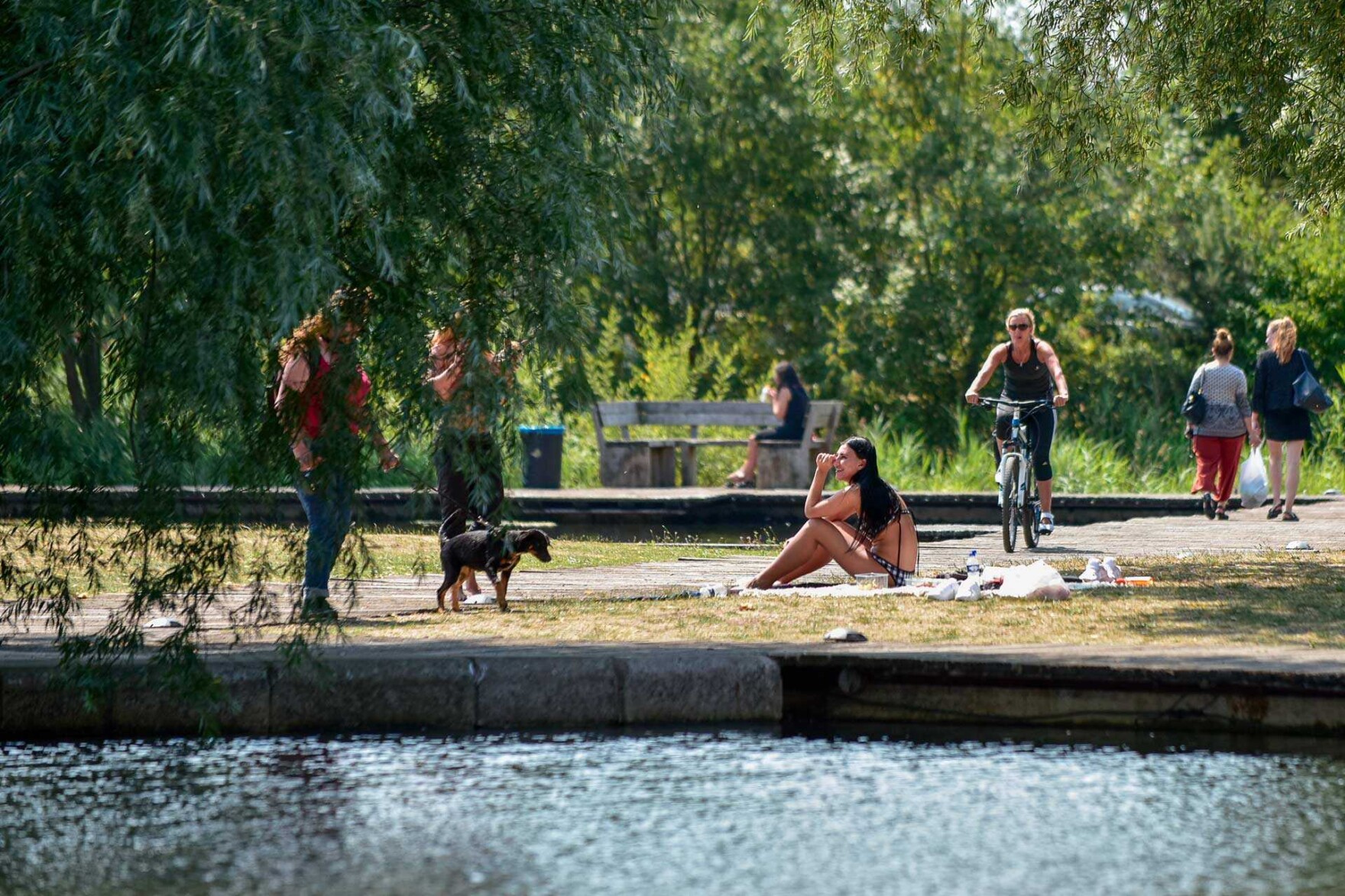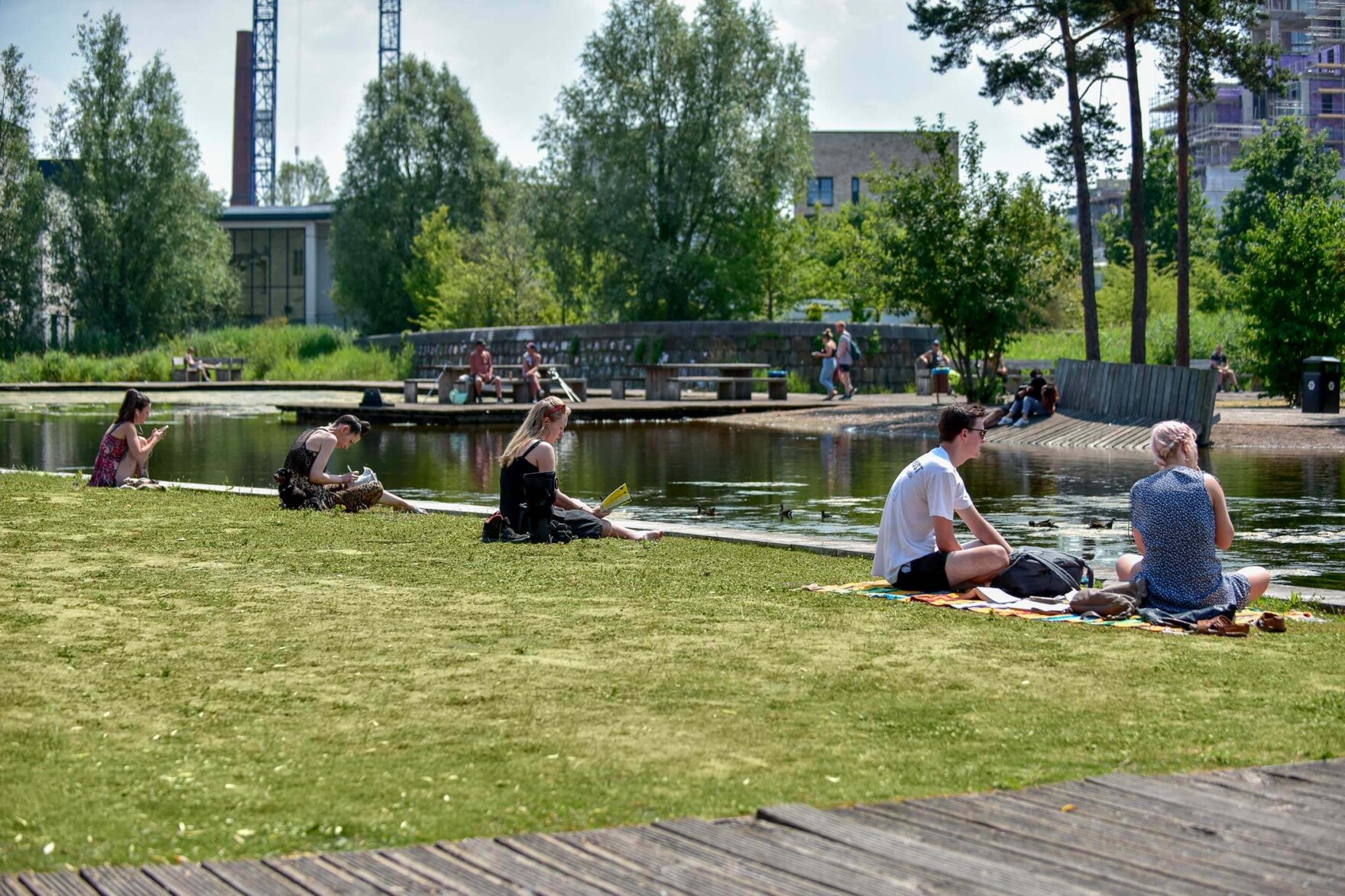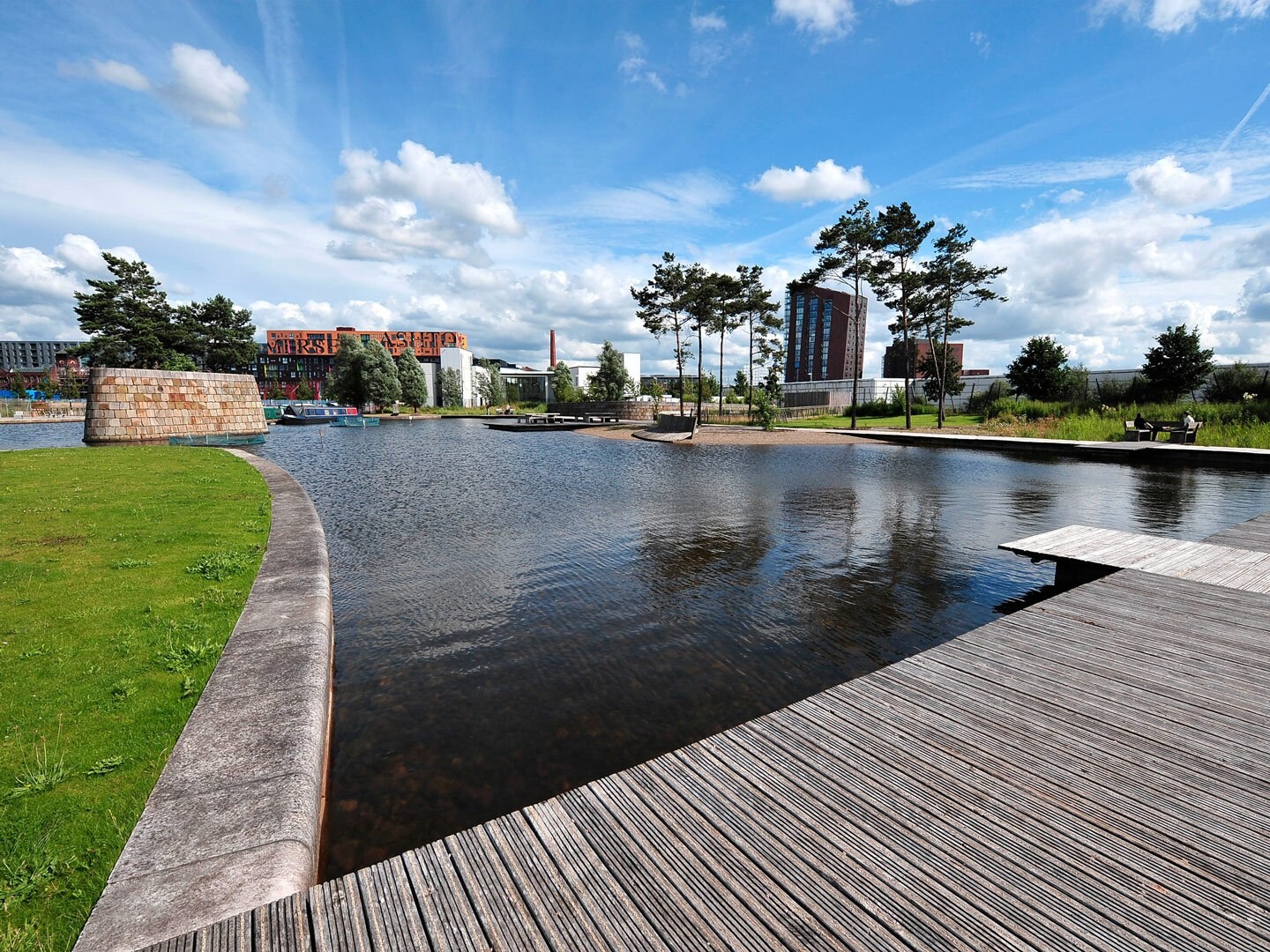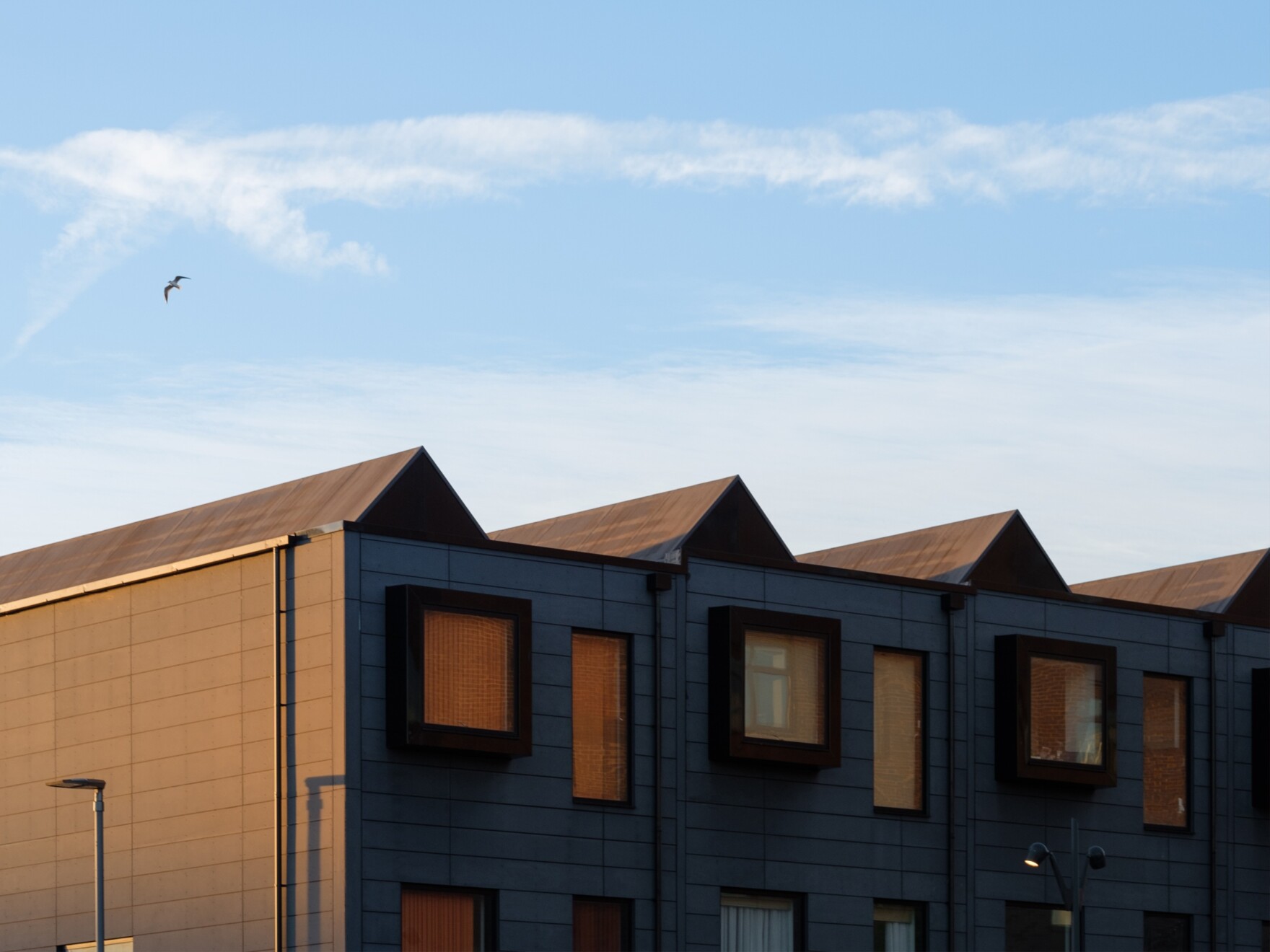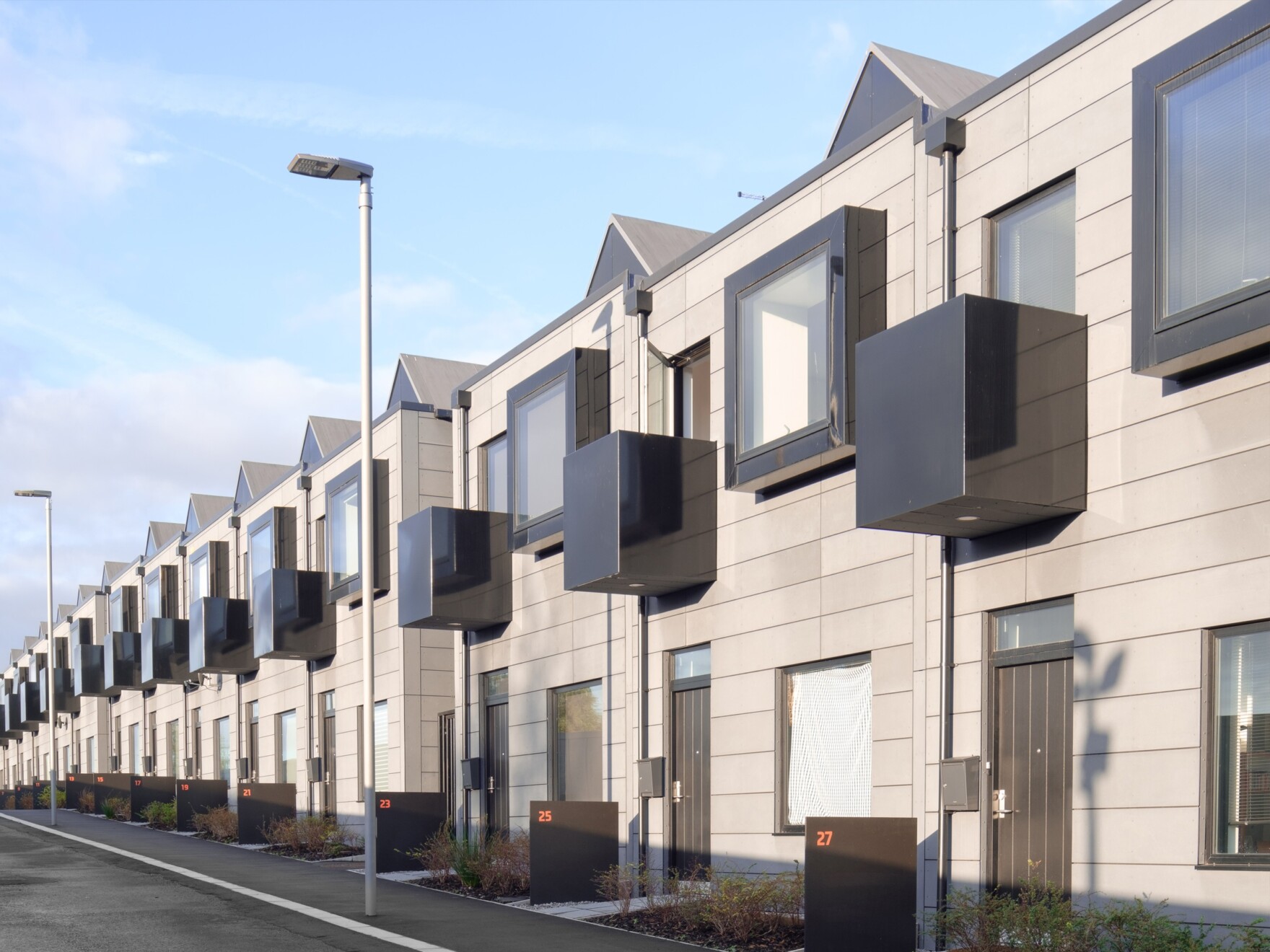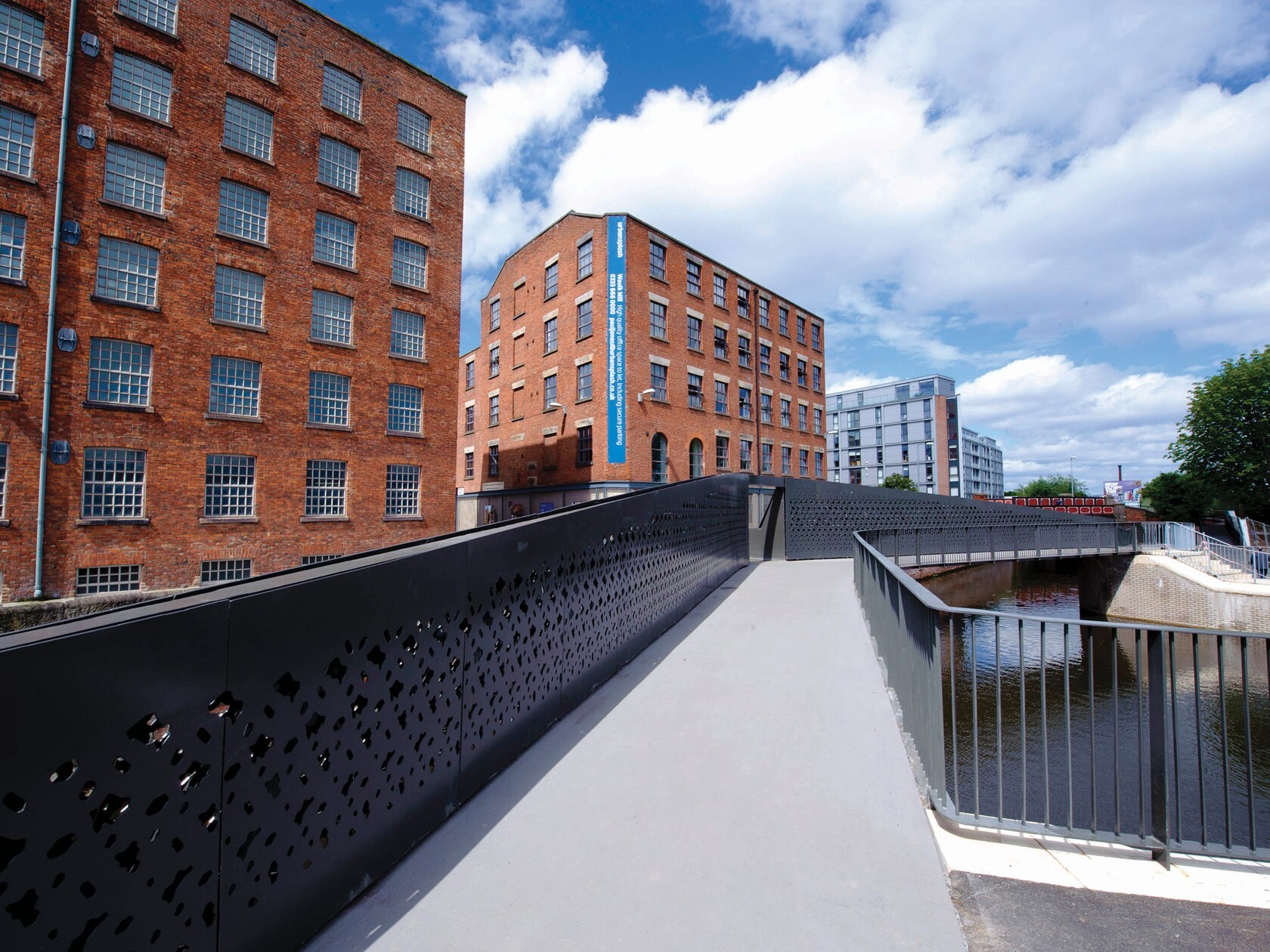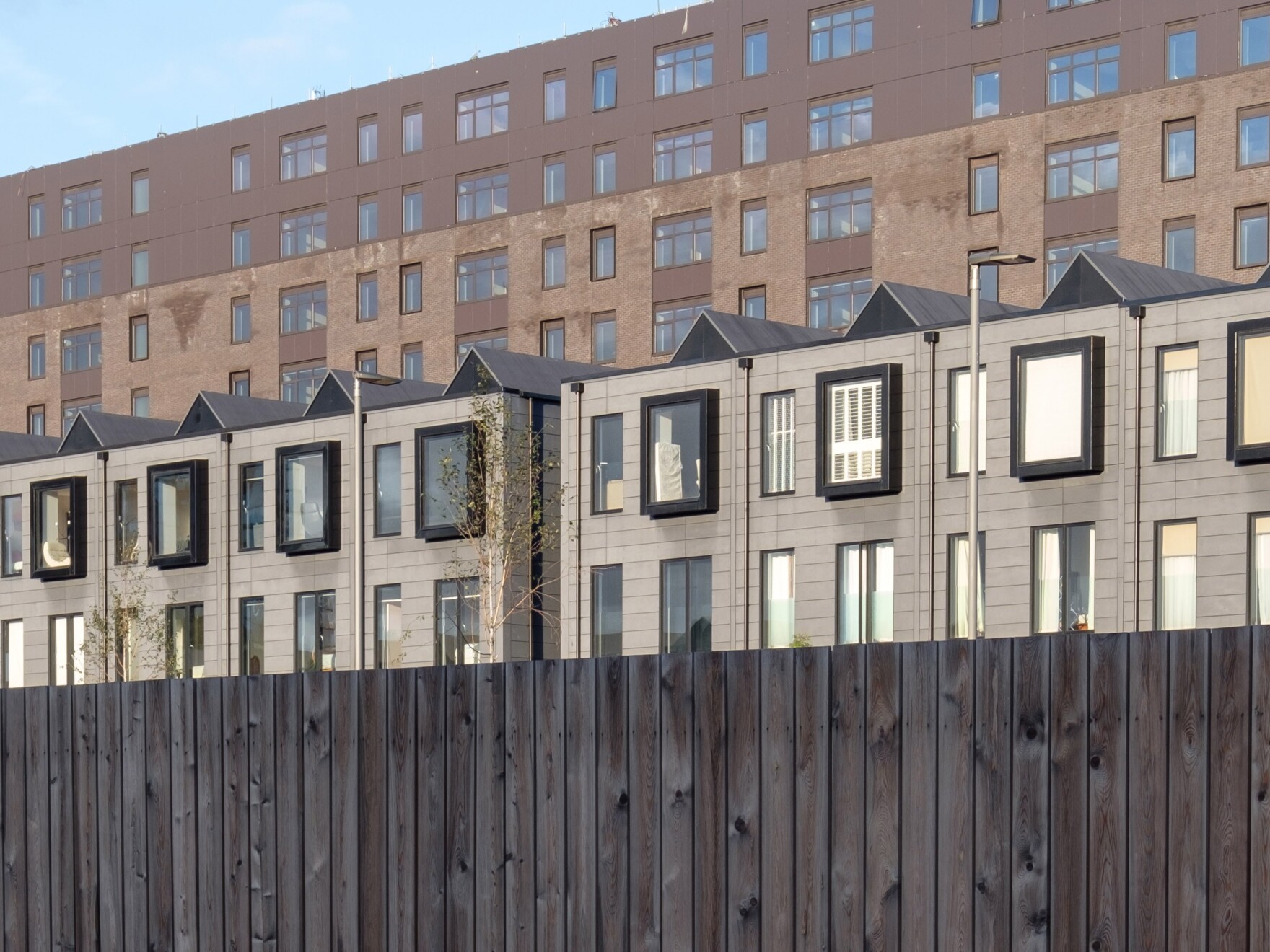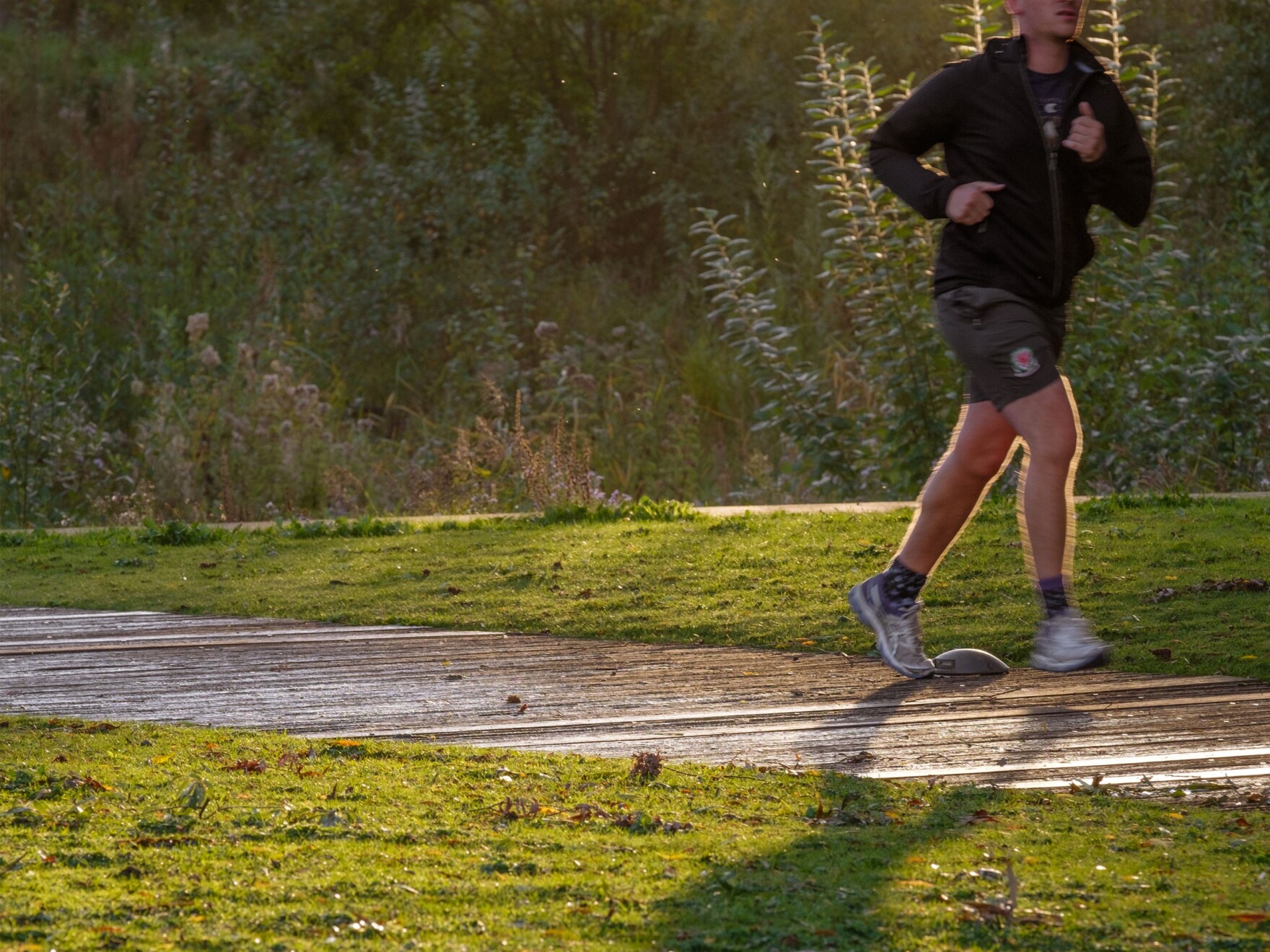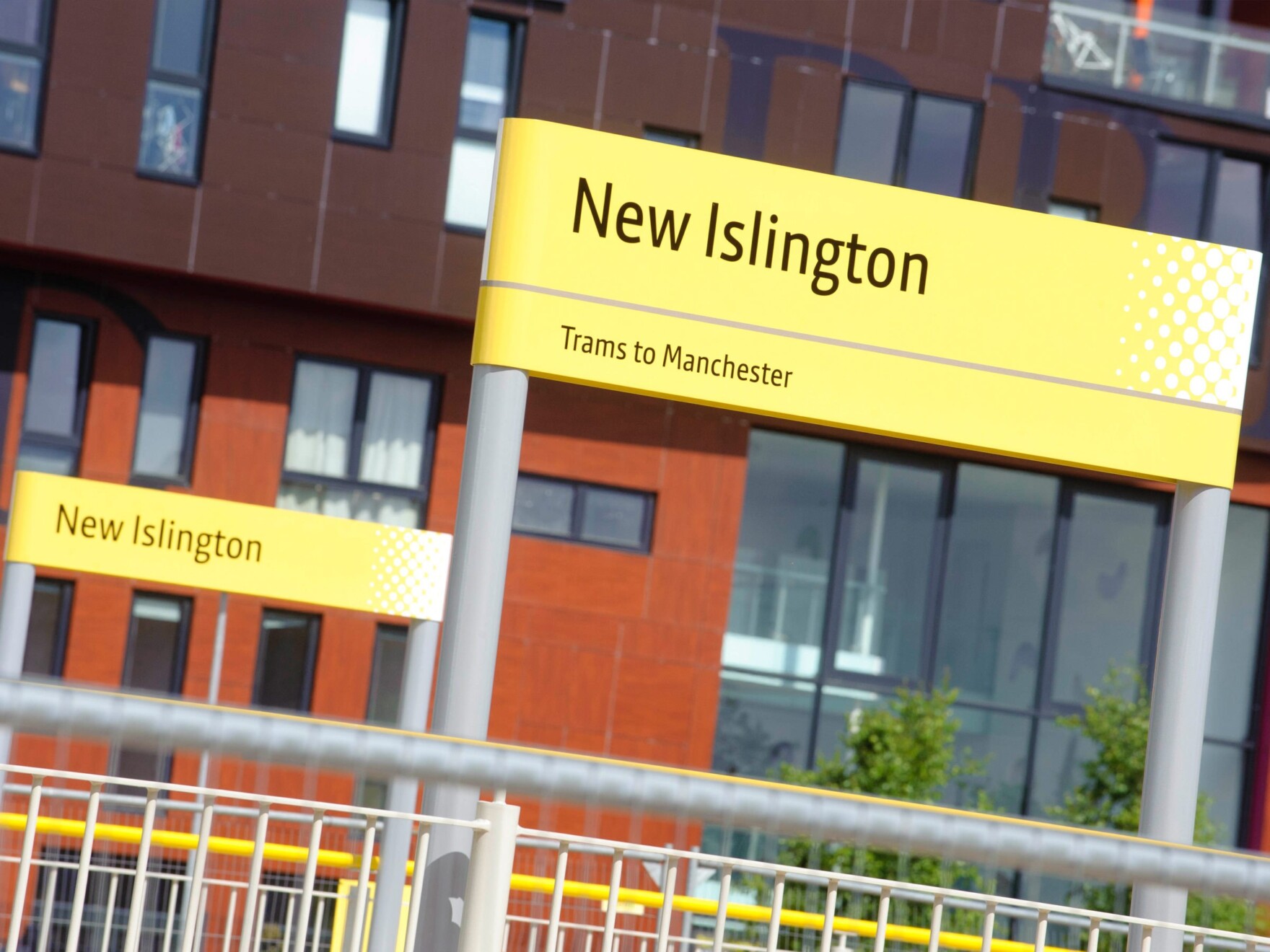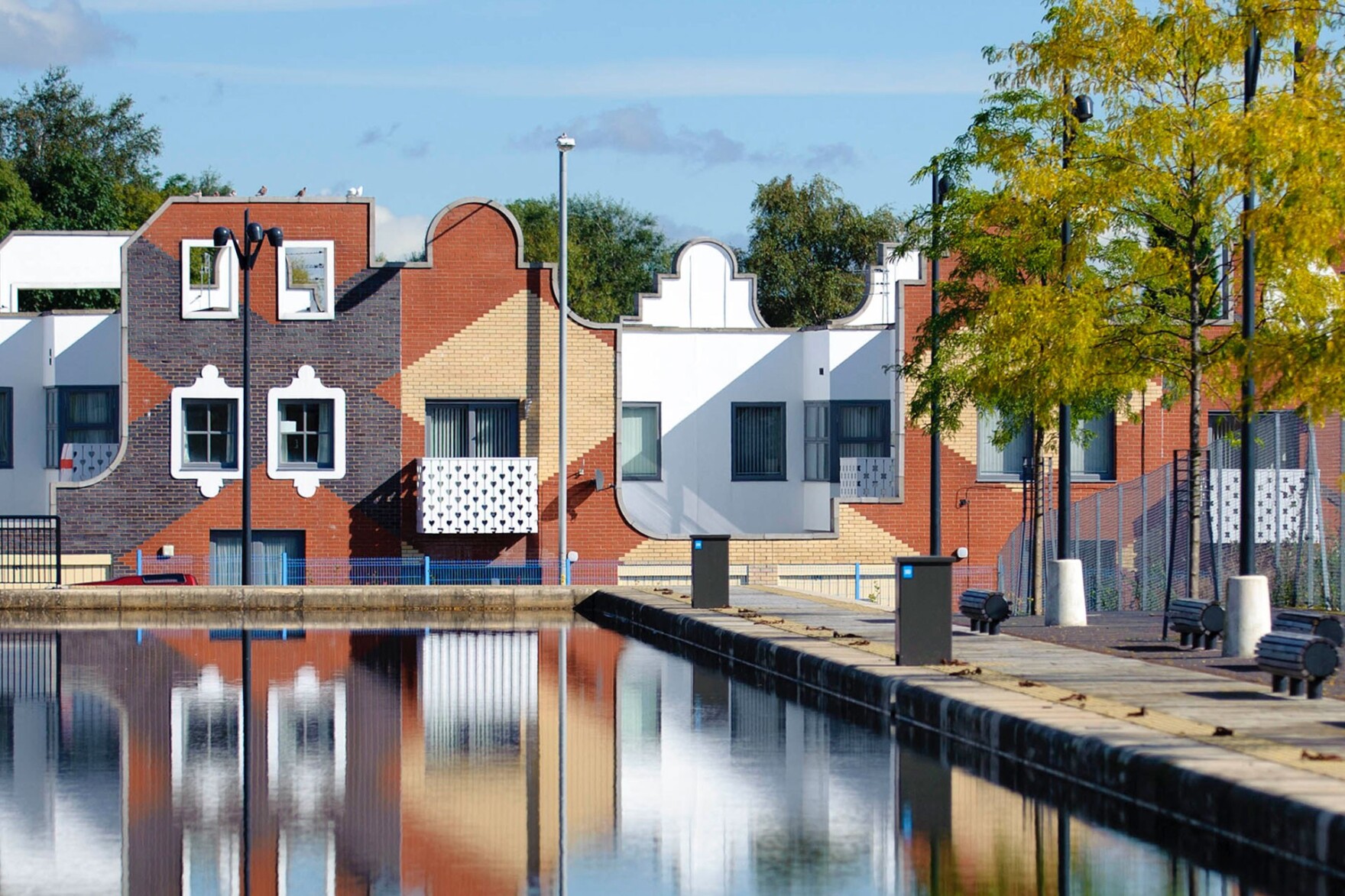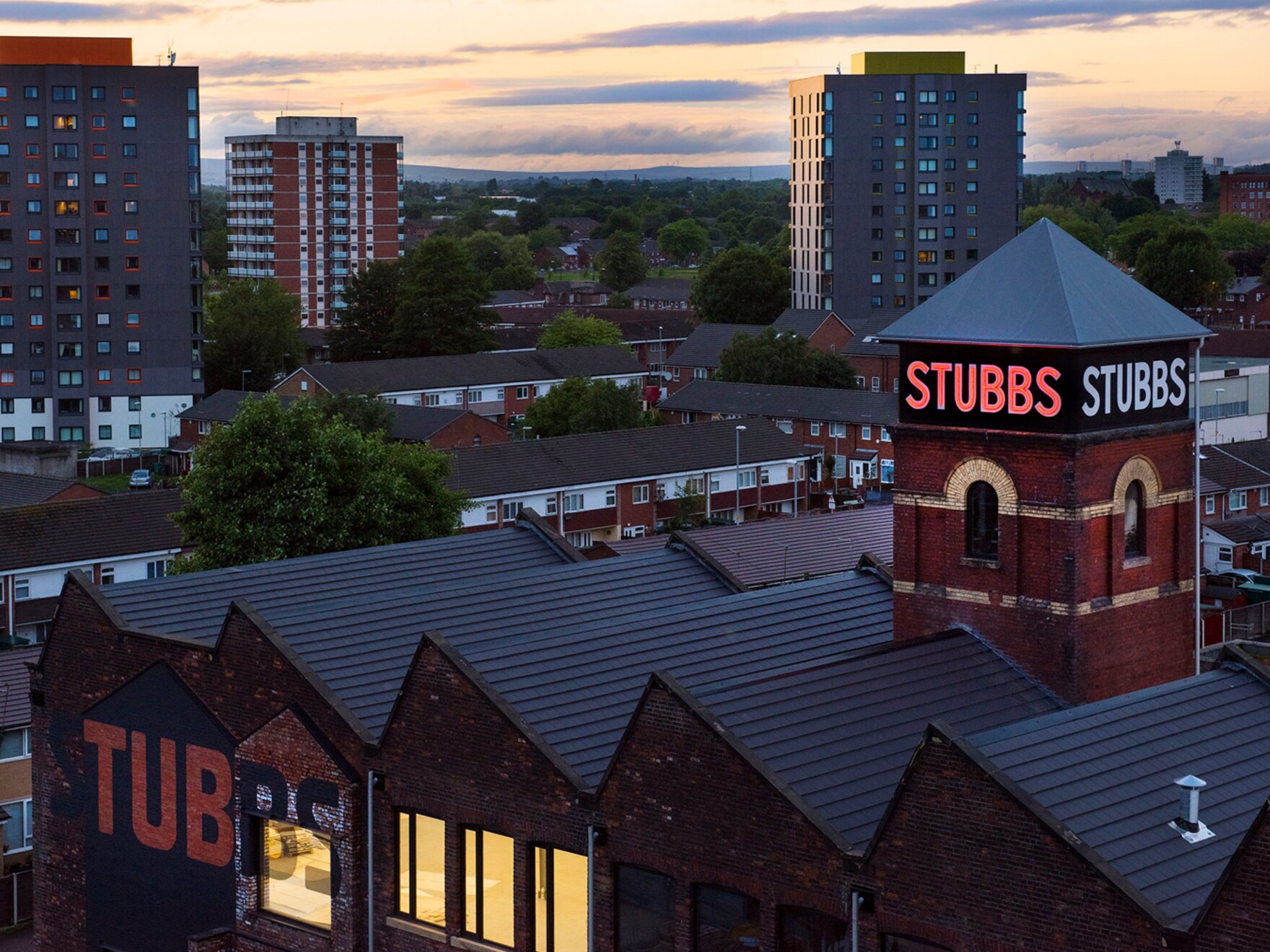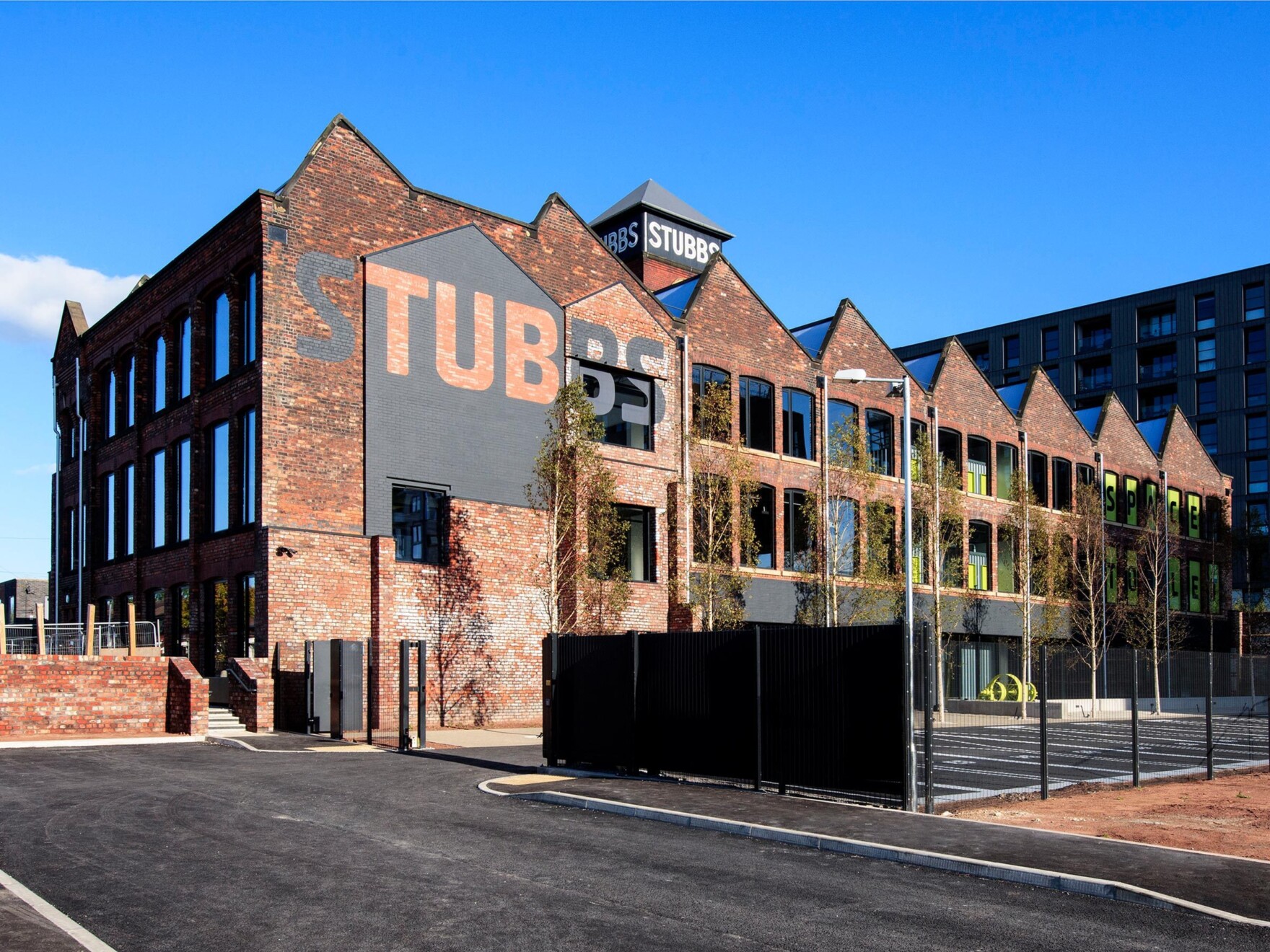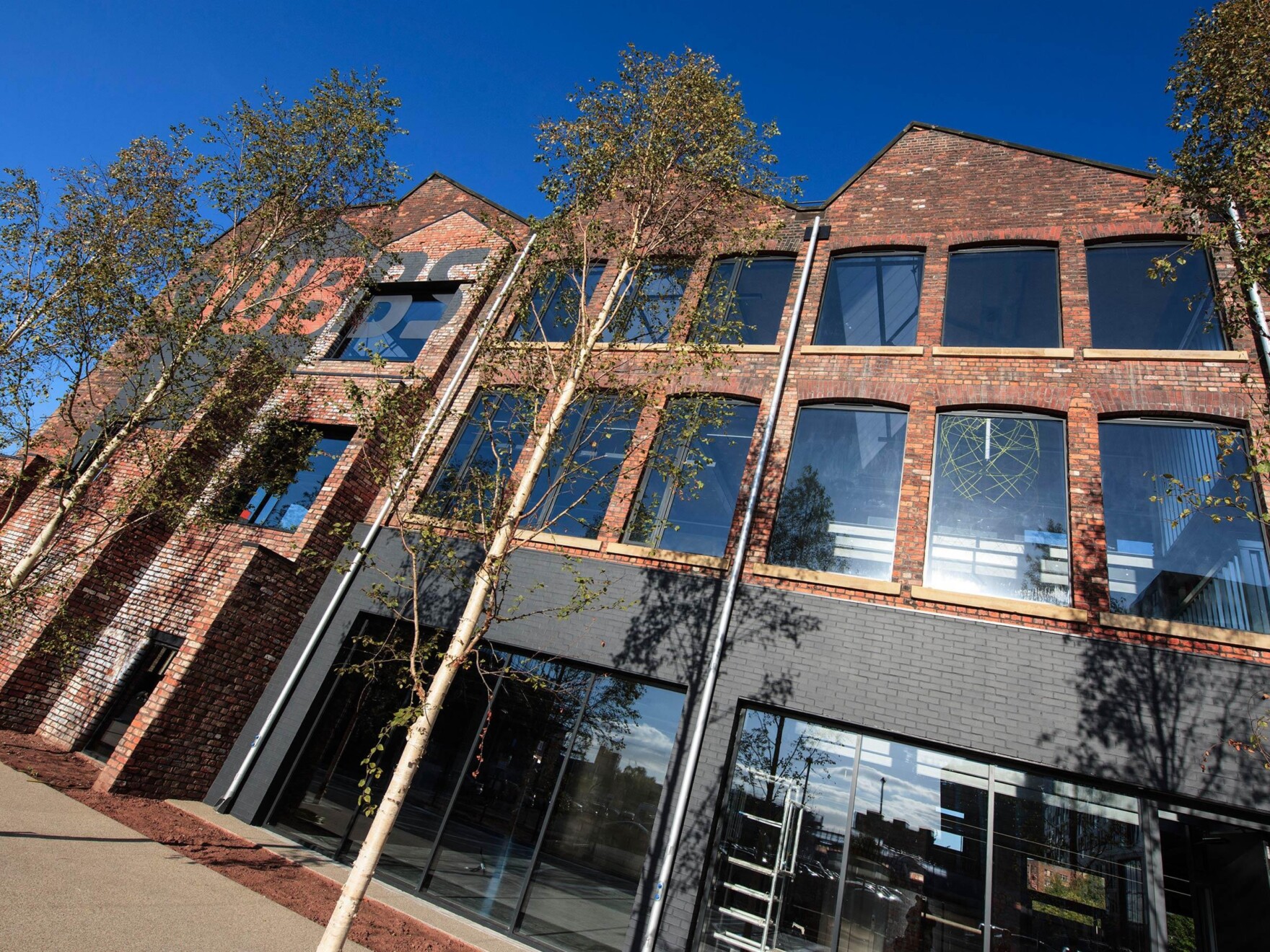The regeneration of New Islington - Creating Manchester's most thriving neighbourhood
The negatives of gentrification often make the news; the conversation’s often filled with outdated views – often quite London-centric. But when we start to look properly at regeneration, it’s clear to see it’s a positive thing. I believe many parts of the country would love a little bit of regeneration – perhaps even gentrification.
Done properly, regeneration helps and respects local communities – and one great example of that is our New Islington in Manchester.

Back in the year 2000 when we first started work on the Cardroom Estate, the area was a far cry from what it is today. Its anti-social reputation and loss of community amenities and soul – the closure of all its pubs, shops and eventually the local primary school – eventually lead to even taxis refusing to drop off in the area.

This area of Manchester was the world’s first industrial suburb - a little piece of land which saw rise to the spires of industry thanks to the many mills that surround it. Nestled among them were terraced houses, occupied by the workers who epitomised city living, Victorian style.

Fast-forward to the 1960s and those lovely Victorian terraces had been demolished as part of the ‘slum clearances’; with that, and the silencing of the mills, a community disappeared. In the 1970s, the area was redeveloped, this time by the Council who created low density housing; the result? A negative era, dominated by what became the Cardroom Estate notoriety.

Now though, this is a neighbourhood that’s been well and truly redeveloped – one which has come to be known as New Islington. It’s a thriving place hailed as “one of Manchester’s most promising areas” by The Sunday Times. Neighbouring Ancoats meanwhile, a village which merges into New Islington, has just been crowned the “13th coolest place to live in the world” by Time Out magazine.
All this came to be thanks to a partnership approach; from Urban Splash’s role of master planners and developers, to the role of Manchester City Council and Homes England, to the developers who’ve also brought schemes to life here – McCalls, Muse and Manchester Life. Now, as we get ready to launch more homes and apartments there, the final pieces of the New Islington jigsaw, we've looked back at the highlights of the past 18 years and the milestones that have made the area what it is today.

Putting people back into the community
The first job at New Islington was to give original Cardroom residents a chance to move into a new home. The Urban Splash team, working with Great Places, hosted consultation and design meetings with those residents; they helped choose the area’s new name (taking their inspiration from the name of a road that ran through the estate) and inputted into the design of their new homes, even helping pick the architects.

The first 23 homes were on Islington Square - designed by the award-winning FAT architects; 14 homes followed on Piercy St as well as 18 homes which make up “The Guts” (so called, given their place at the centre of the neighbourhood).

Each home created for existing residents came with lots of living space, high ceilings and open plan kitchens. All residents who wanted to, remained in the Cardroom Estate as social tenants.

Reviving those mills
Breathing new life into those once-thriving Victorian Mills was key for us. We started in 2003 at Waulk Mill on the Rochdale Canal side of the site. This Listed building once helped spearhead the revival of Ancoats, as it was one of the first in the area to be redeveloped, filling up with tenants like Shaping Cloud, Manchester Primary Care Trust, the NHS and New East Manchester.

Fast-forward to 2016 and we transformed Stubbs Mill too. Once home to manufacturing company Joseph Stubbs, a business that specialised in making textile machinery, Stubbs Mill followed the fate of many Manchester mills falling into disuse and decline We partnered up with architects SixTwo to charter a new course for the building, taking the decision to transform it into contemporary workspace which is now occupied by US sports brand Fanatics, creating hundreds of much needed jobs.

Creating shared space
Old Mill Street is one of the principal routes through the site; here we removed the traditional distinction between pedestrians and vehicles and create a shared space. Different surface treatments, such as gravel, timber, setts and brick reinforce the sequence of spaces along the route with a row of sculptural street lighting creating a focal point in the road – meaning anyone driving through has to stop and think – and take it all in.

The “Waterside Oasis”
New Islington Marina and Cotton Field Park are the heart of the development and a green space for the local community and Manchester as a whole. When we completed the Park back in 2010, we gave the city its first new green space in a very long time - somewhere that’s getting used by more people every day; the marina itself is a true urban oasis, giving boaters canal facilities too.

The OFSTED outstanding school
Urban Splash and The Manchester Grammar School sponsored a bid to bring a new Free School to New Islington. It was successful and now hundreds of pupils attend this OFSTED award winning institution each day. It’s one of a number of community amenities we’ve helped bring to the area – with the New Islington health centre on Old Mill Street another great addition too.

Our Chips
We completed our award-winning, Will Alsop designed Chips building in 2009, creating 142 apartments for buyers and renters in Manchester. The homes were multi-tenure, with owner-occupied apartments, Rent to HomeBuy, shared ownership and market rent. When we launched them we ensured there was an affordable provision so that the homes were attainable to a broad audience of Mancunians. They were subsequently described by Dezeen as “sensational”.

Our Modular Town Houses
With the school, health centre, park and other amenities in place, it was the right time in 2016 to introduce our modular family homes to New Islington. Bearing all the hallmarks of great Victorian terraced houses – parking, gardens, high ceilings, space – but with the bonus of being in the city, the first 43 Town Houses were snapped up and fully occupied within a year of their launch. The USP? We let our customers design the layout of their homes, determining the floorplates before each home was constructed offsite in our factory and then delivered to New Islington.

Better connections
A central Manchester location’s always made this area of town accessible, but the extension of the Metrolink and subsequent arrival of a dedicated New Islington Metrolink stop has really helped put the neighbourhood on the map.

The foodie scene
Good regeneration puts disused areas back on the map; we wanted Mancunians to re-adopt this area of the city and begin to love it again. Testament to those efforts is the emerging culinary scene in and around New Islington and neighbouring Ancoats – it’s made this area the most exciting in Manchester. By the Marina you’ll find Sourdough and Viennoiserie Bakery Pollen, while a few minutes stroll to Cutting Room Square takes you to Rudy’s - an independent Neapolitan pizzeria that’s been the talk of the town as well as new additions Canto (part of El Gato Negro) and Elnecote. Kettlebell Kitchen and Seven Bro7hers Brewery are all neighbours too. The jewel in the crown is Pollen which faces our Town Houses overlooking the Marina.

And finally, what’s next...?
So, after 18 years of hard work and dedication, New Islington is most definitely on the map but we’re not stopping just yet… Next year we’re adding more modular Town Houses and more apartments to the area. To be a part of the future of “one of Manchester’s most promising areas” you can register now for details below.
About the author
Urban Splash Newsplash
Want to be kept in the loop about all things Urban Splash? Then signup for Newsplash!
Our monthly news round-up with the latest and freshest news on property development, place-making, housing, architecture, events and careers sent straight to your inbox.




